Double Feature in May presents the artist Monira Al Qadiri and her films "Abu Athiyya (father of pain)", "Behind the sun" and "Travel prayer".
A minute-long car ride across a steppe. The sky ominously overcast with clouds, the horizon behind the clouds appears to be colored reddish-yellow. The video image is blurred and faded, the sound distorted: The first few moments of Monira Al Qadiri’s "Behind the sun” (2013) do not bode well. And indeed, after a good two and a half minutes, dawn gradually breaks in the place where we find ourselves: the burning oilfields of Kuwait. When withdrawing from Kuwait during Gulf War One, the Iraqi army set fire to between 605 and 732 oilfields – part of the perfidious "scorched earth" tactic.
At this point in time Monira Al Qadiri, who was born in Senegal in 1983 but grew up in Kuwait, was only seven years old. The camera in “Behind the sun” now freely reveals the image of the aforementioned burning oilfields, black smoke saturating the blue sky in an all-consuming something, and the ground appears to bleed fire from open wounds. Similar images were used by Werner Herzog in his fictional documentary “Lessons in darkness” (1995). Underpinning the work with music by Arvo Pärt, Herzog created a meditation on disasters, coupled with the actual historical content of the images. Al Qadiri saw the film when she was young and was furious about the “lies” she felt Herzog’s story to be, told off-screen in his ostentatious voice. Years later she saw the film again and fell in love with the work – hence “Behind the sun” is a kind of attempt of her own to emulate the influential images.
A mixture of melancholy and black humor
Qadiri underlays the previously unpublished shots by an amateur filmmaker with a soundtrack of Islamic poetry, the way such literature was presented in TV broadcasts at the time. The sonorous voice praises Allah’s creation, extols the beauty of the flora and fauna, and the perfect harmony of it all. Coupled with the images of the inferno, the film collage combines to form an ambivalent combination of melancholy and black humor. At the same time, the work calls to mind a now seemingly long-gone era in which Islamic preaching and texts were defined much less by martial and ideologist elements and much more by poetry and the extolling of creation.


In other works such as “Abu Athiyya (Father of Pain)” (2013), Al Qadiri refers back to a similar moment: As a bearded man clothed in a long robe, she performs a lament in which the singer complains about his sleeplessness. The bearded man eventually takes two daggers and, in the tradition of the Iraqi dancer Malayeen, performs a knife dance. The bizarre setting (black background, flying skull, later: disco glitter raining down) and Al Qadiri’s performance inject a touch of the nonsensical into the lamentation, likewise relishing the sadness on show and thus pinpointing a narcissistic element that perhaps goes hand in hand with male sadness - the world-weary youth or man comes to mind. In the end the lamenter in “Abu Athiyya” (Father of Pain) sits cross-legged with the daggers in his lap, when suddenly he grows angel wings and meanwhile his face appears to transform into that of Che Guevera, halo included.
Dividing line between grief and humor
In various video works that draw on the aesthetic of music videos, the artist examines that very aesthetic of grief – Al Qadiri wrote her doctoral thesis at Tokyo University of the Arts under the title “The aesthetics of sadness in Eastern cultures”, where she focused on the specific culture of grieving in the Middle East. Al Qadiri’s humorous approach with its absurd mélange, i.e. the pinpointing of the blurred dividing line between grief and humor, is evident in truly exemplary form in the short work “Travel Prayer”: A childish melody over which another mournful prayer is laid – “Oh Lord, facilitate our travel and make the distance we cover shorter”. What we see are shots from a camel race, whereby the animals are urged on by robotic jockeys. The prayer continues: “Oh Lord I take refuge in you from the hardships of travel and its depressive scenery”.

In the second part of the evening, the favorite film the artist has chosen is “Mishima – A life in four chapters” by Paul Schrader dating from the year 1985. The film focuses on the life of the eponymous Mishima Yukio, one of the most important authors in Japanese post-War literature, and at the same time a prominent right-wing political activist. Schrader tells the story using flashbacks from various phases in the life of Mishma (Ken Ogata), and in parallel to them presents important works by the author from the same period, which focus on his covert homosexuality or his radical politicization. The story ends with the spectacular and hopeless coup attempt that Mishima and four members of his “Tatenokai” private army launched on the Tokyo Army Headquarters in 1970 – an event that culminated in the author’s subsequent seppuku, an extraordinarily brutal, ritualized suicide.
A controversial author
Any closer critical debate on Mishima Yukio remains taboo to this day in Japan due to his imperialist, fascistic convictions – which is why Schrader's film production was threatened with failure on multiple occasions. The main actor originally cast withdrew from the production due to threats – and various investors in the film also wanted nothing more to do with it for the same reason – so filming only began once bribes had been paid to the Yakuza.

Despite the adverse production conditions, “Mishima – A life in four chapters” is a visually captivating work that skillfully captures the ambiguity of the controversial author on film: The longing for perfection of morbidly narcissistic personalities, who substitute artistic examination with political action, henceforth transforms their fantasies of obliteration into ultimate acts. Schrader presents this mechanism using the precise screenplay and the spectacular pictorial language with lasting effectiveness. Narcissism, one could perhaps say after this DoubleFeature, acts in absolutes: Self-obsession either has to expand unendingly and make the world its own, or it culminates in self-destruction as with Mishima or the bearded dancer in Al Qadiri’s “Abu Athiyya”: the dagger is drawn. Whether redemption awaits afterwards, however, is doubtful.

Lifting the veil
In the coming DOUBLE FEATURE, Saodat Ismailova refocuses attention on the fate of Uzbek women who, by unveiling themselves, fell victim to femicide.

Mining nature and humans to death
In the forthcoming DOUBLE FEATURE Florencia Levy offers insights into a dystopian world that is in fact our current world. Starting with a residency...

The Season of the Witch
In our next DOUBLE FEATURE, artist Margaret Haines will present her video work “On Air: Purity, Corruption & Pollution” (2024). Drawing on the life of...

the lived experience of horror
The next DOUBLE FEATURE will host the artist collective Open Group. In their video work “Repeat after Me II”, they examine the extent of the Russian...
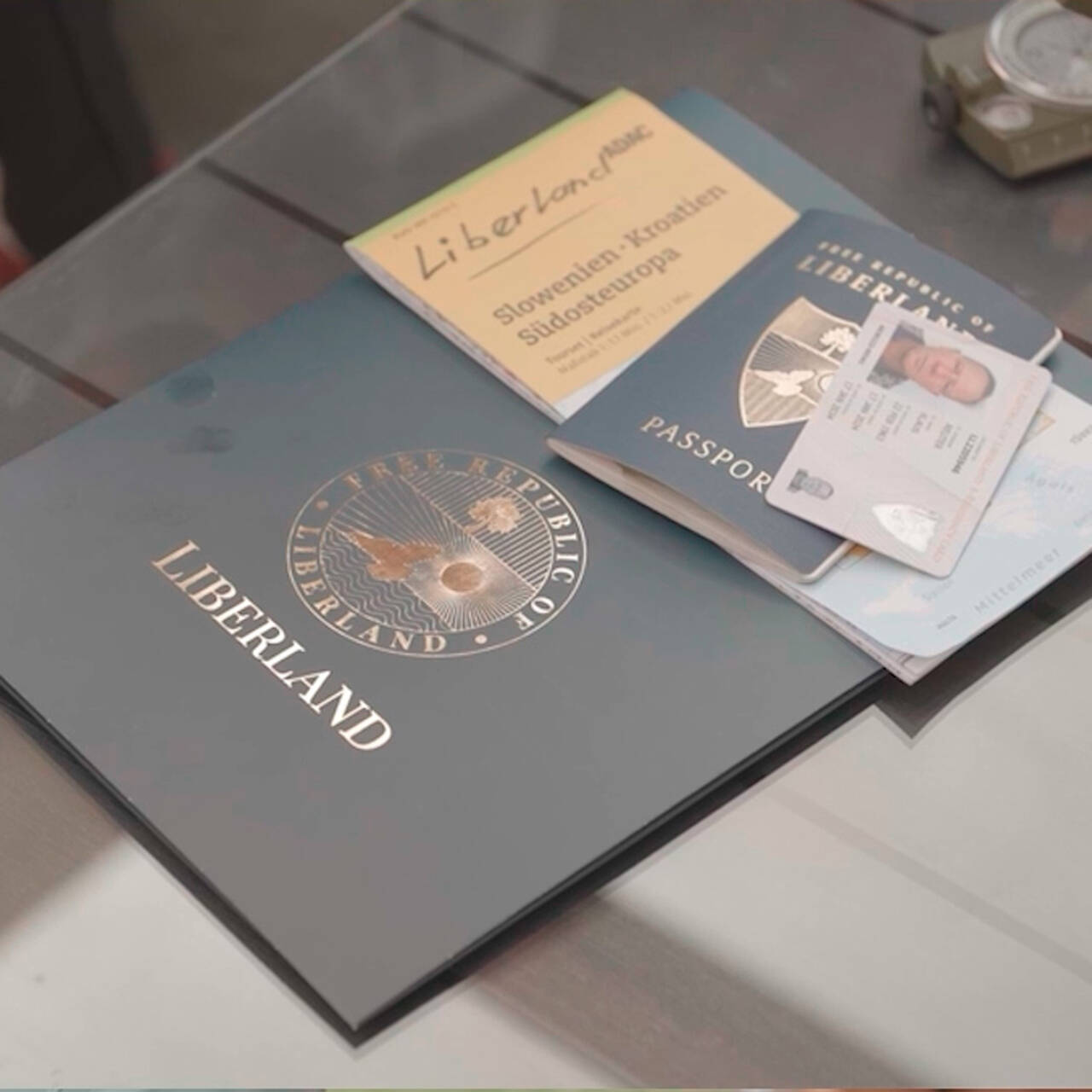
Outlines of tomorrow’s world – under the sign of capitalism
Be it as a sci-fi utopia in the context of the gig economy or as a documentary discussion of the dystopian notions underpinning the fake micronation...
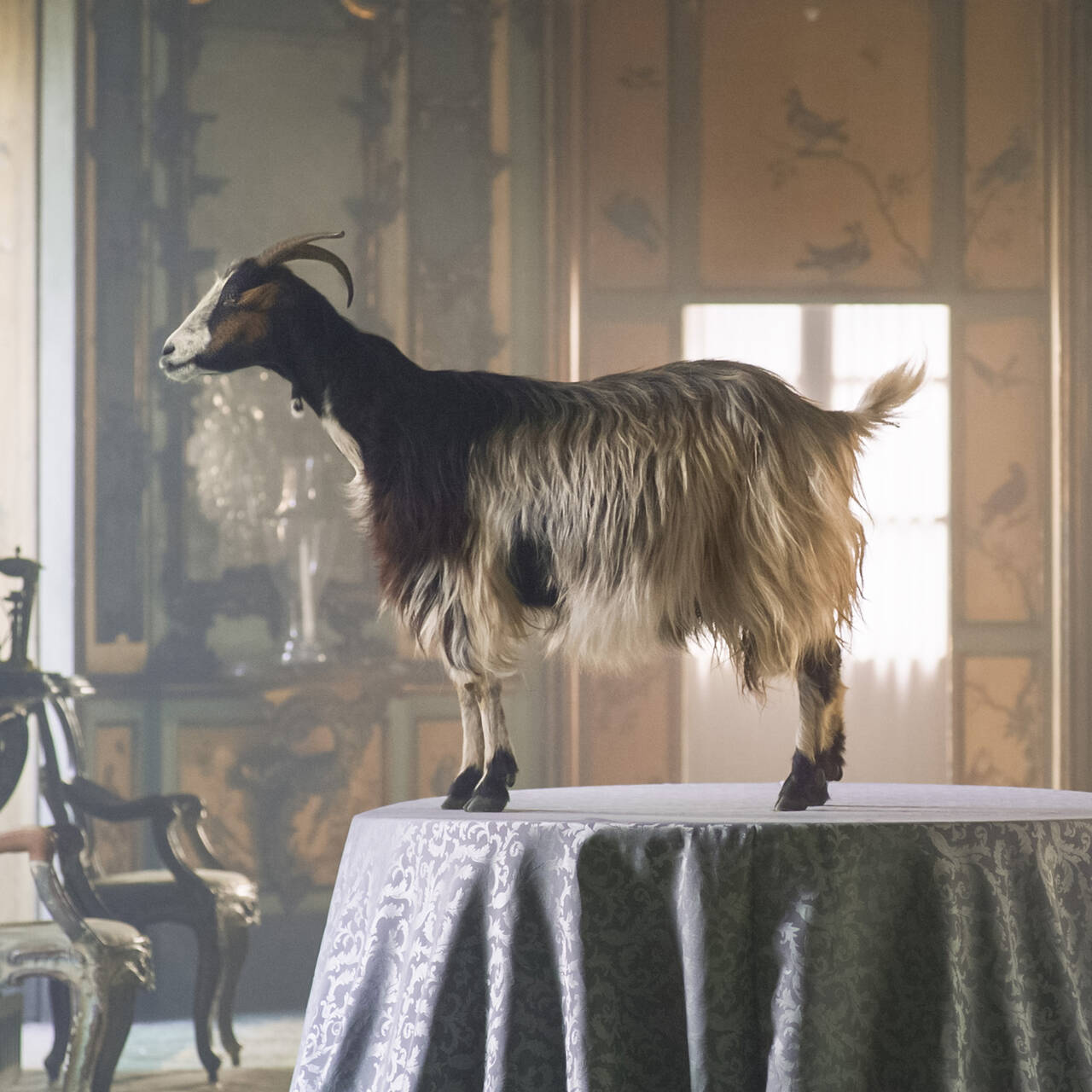
A Sicilian myth in a contemporary guise
What if women can resolve and heal dichotomies? In the coming DOUBLE FEATURE, Elisa Giardina Papa takes the Sicilian myth of the “donne di fora” and...
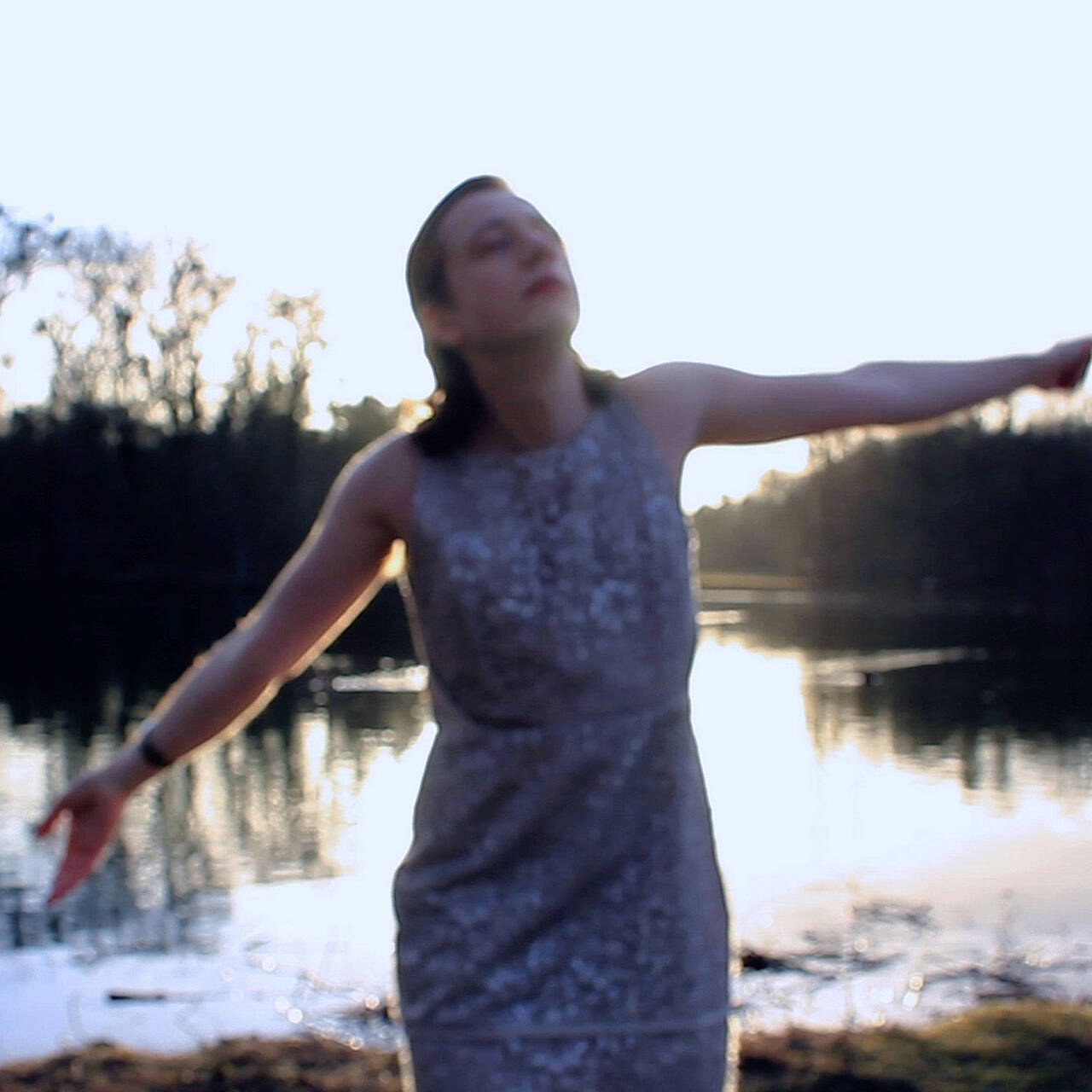
REVISITING DOUBLE FEATURE: FOCUS ON QUEER ART
Our DOUBLE FEATURE series presents a variety of artists who deal with queerness in their work. We have selected some of the best video interviews for...
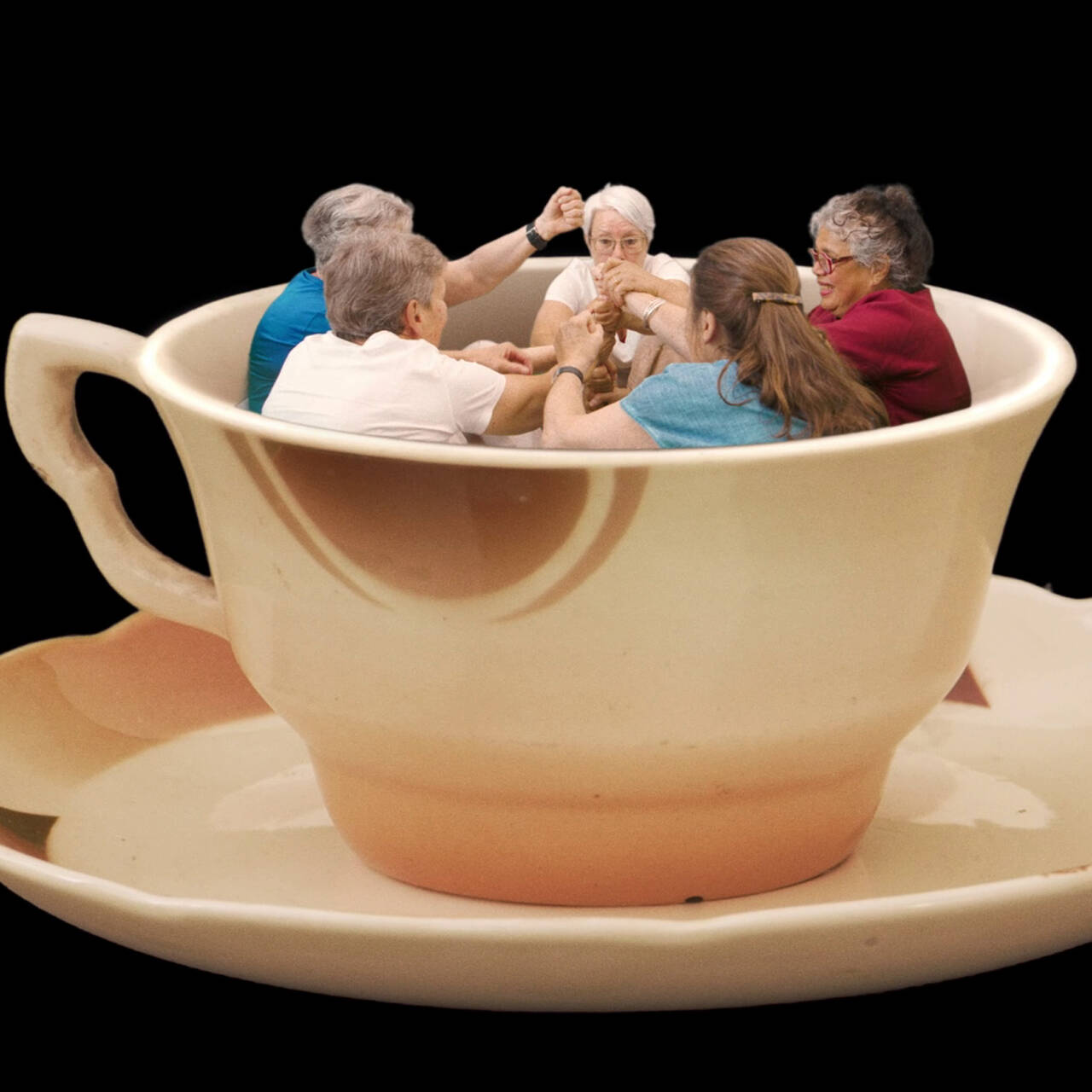
A mix of meditation and leisure
What potential does leisure offer? What happens if nothing happens? In the form of “Untitled (Nothing Happens)” (2023), in the latest DOUBLE FEATURE...
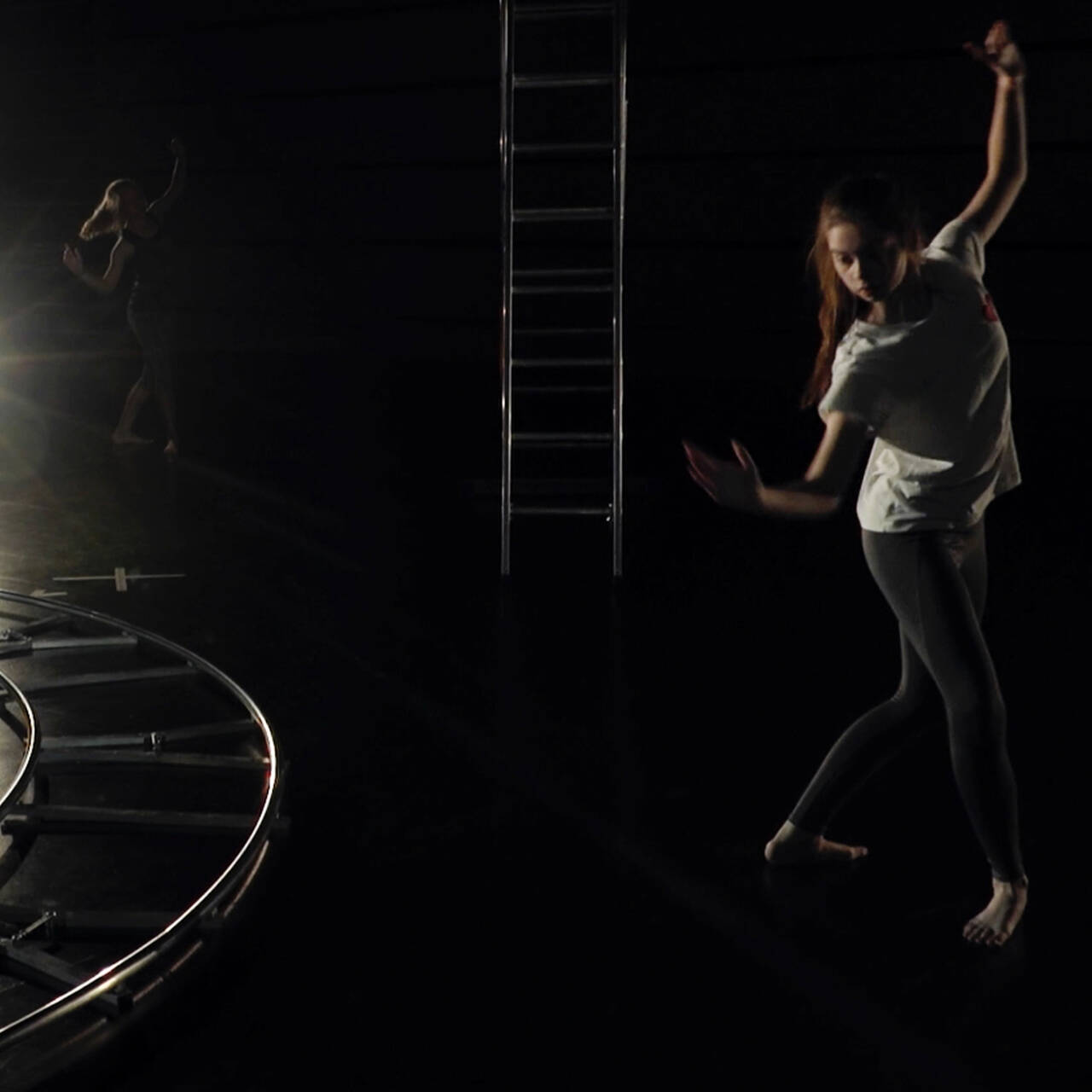
Improvisation and failure as creative motivation
John Cage’s “Untitled Event” (1952) is felt to mark the birth of performance art, but there is only anecdotal evidence as to what it actually...
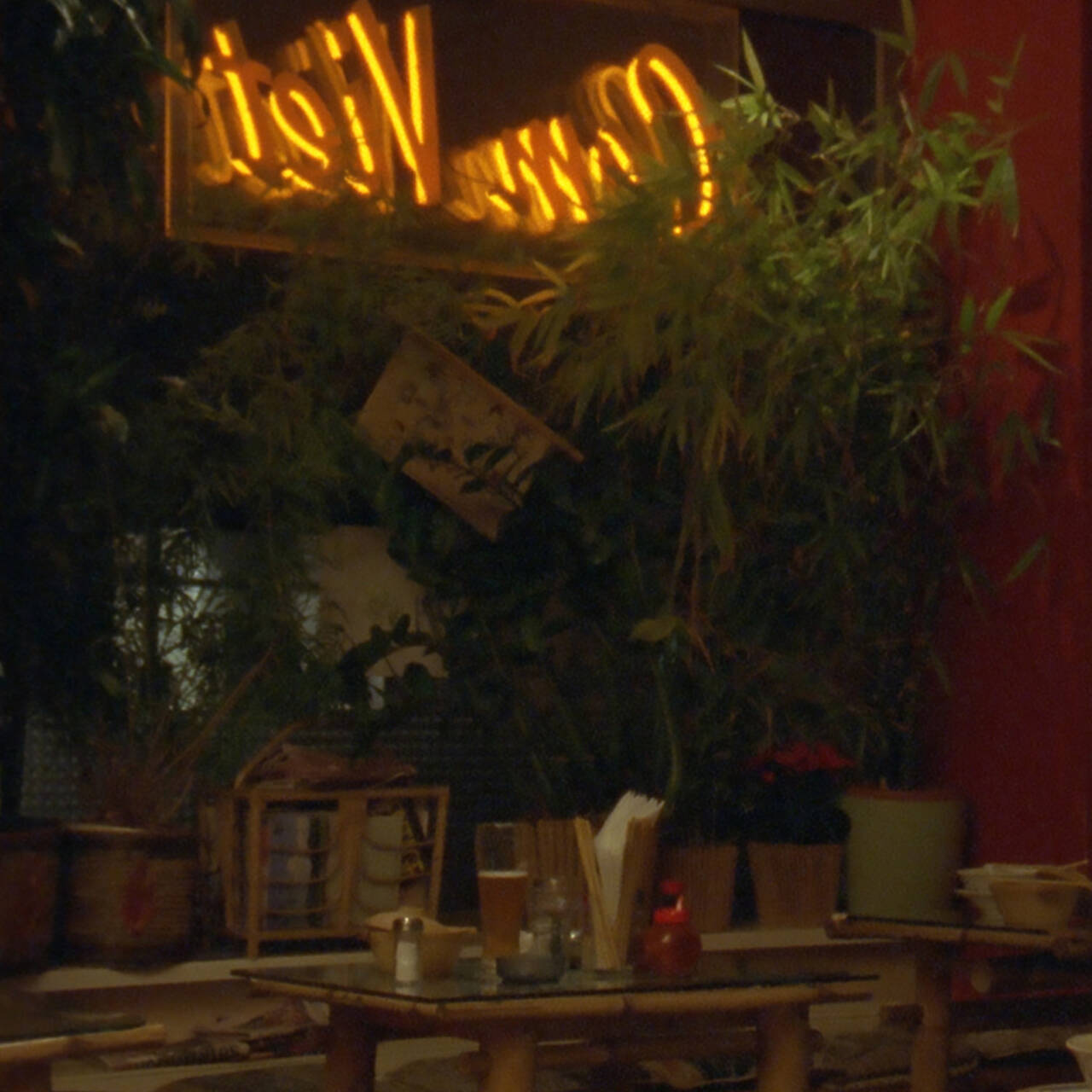
Vestiges of the Past in the Present
For decades now, Anita di Bianco has been exploring corrections and rectifications in international newspapers. In the next DOUBLE FEATURE she will be...
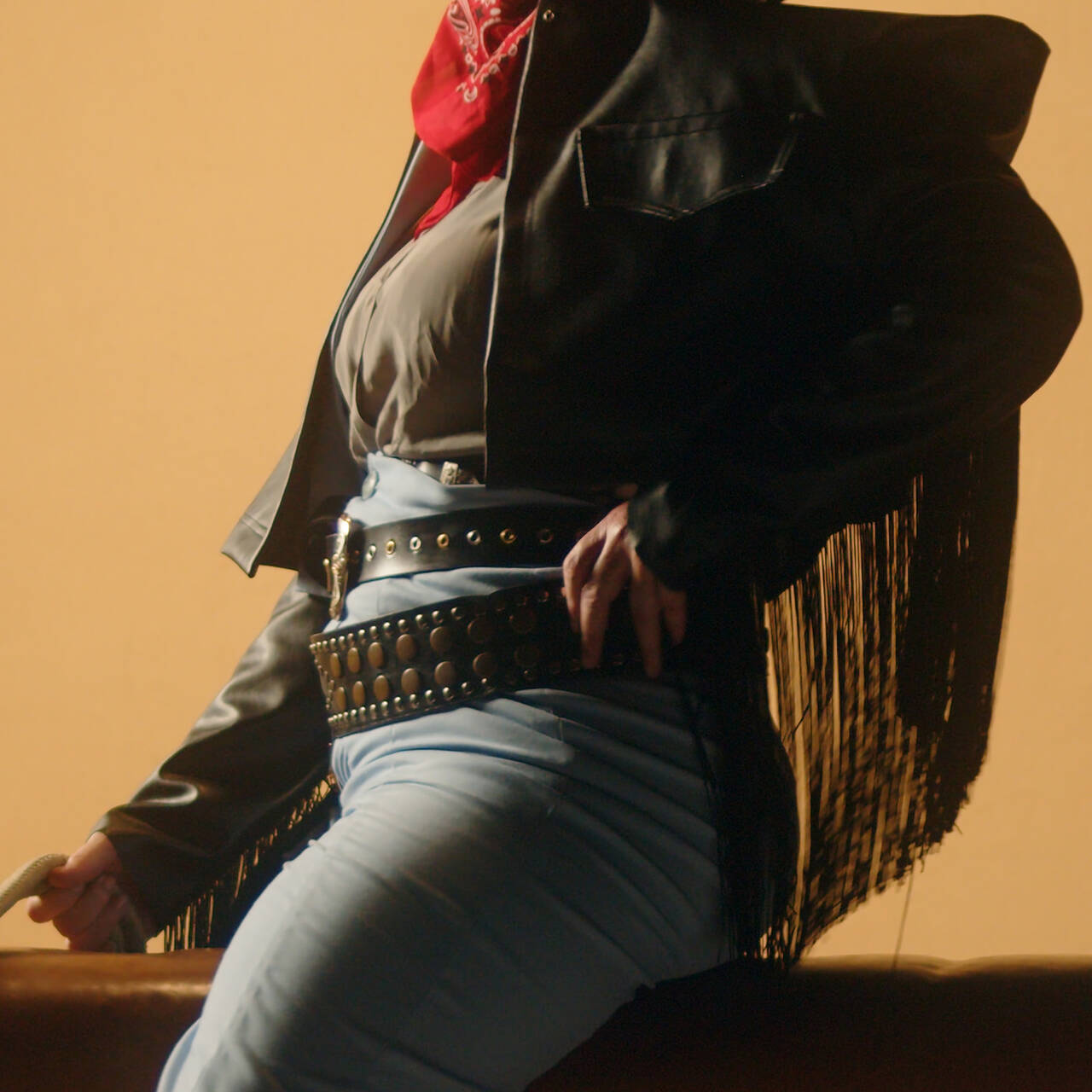
shoulder to shoulder with Outlaws, Creeps and Outsiders
Outlaws, those personifications of the Other, live according to their own moral code. They live unto themselves and attest to the vulnerability and...
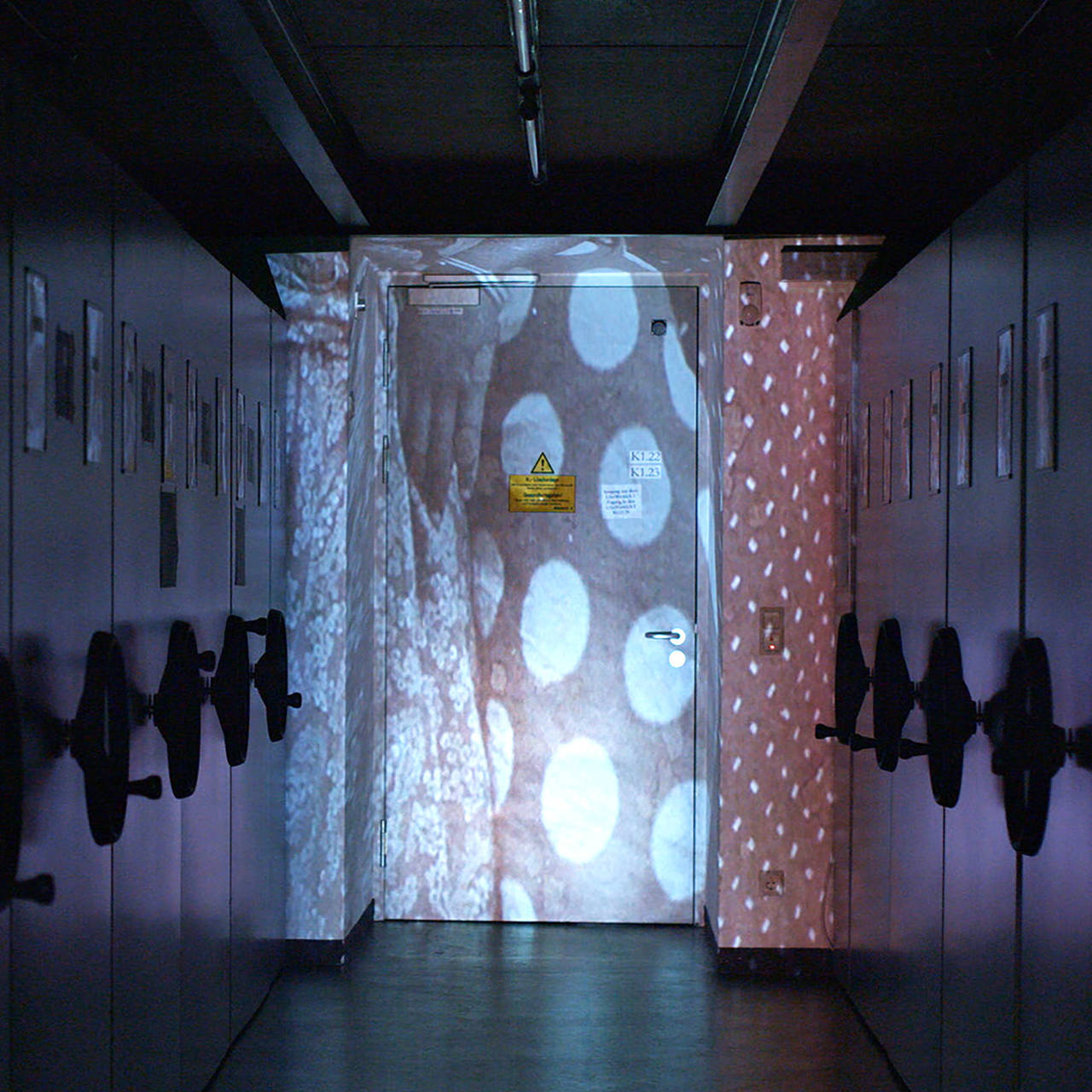
Following Yaarborley Domeï
Belinda Kazeem-Kamínski’s video piece is dedicated to a letter written by Yaarborley Domeï. This rare testimony to a past time describes not only...

A Symphony of Transformation, Decay and Regeneration
Hybrid creatures with prostheses or organic forms jutting out of their bodies – in the upcoming DOUBLE FEATURE artist Eglė Budvytytė turns her...
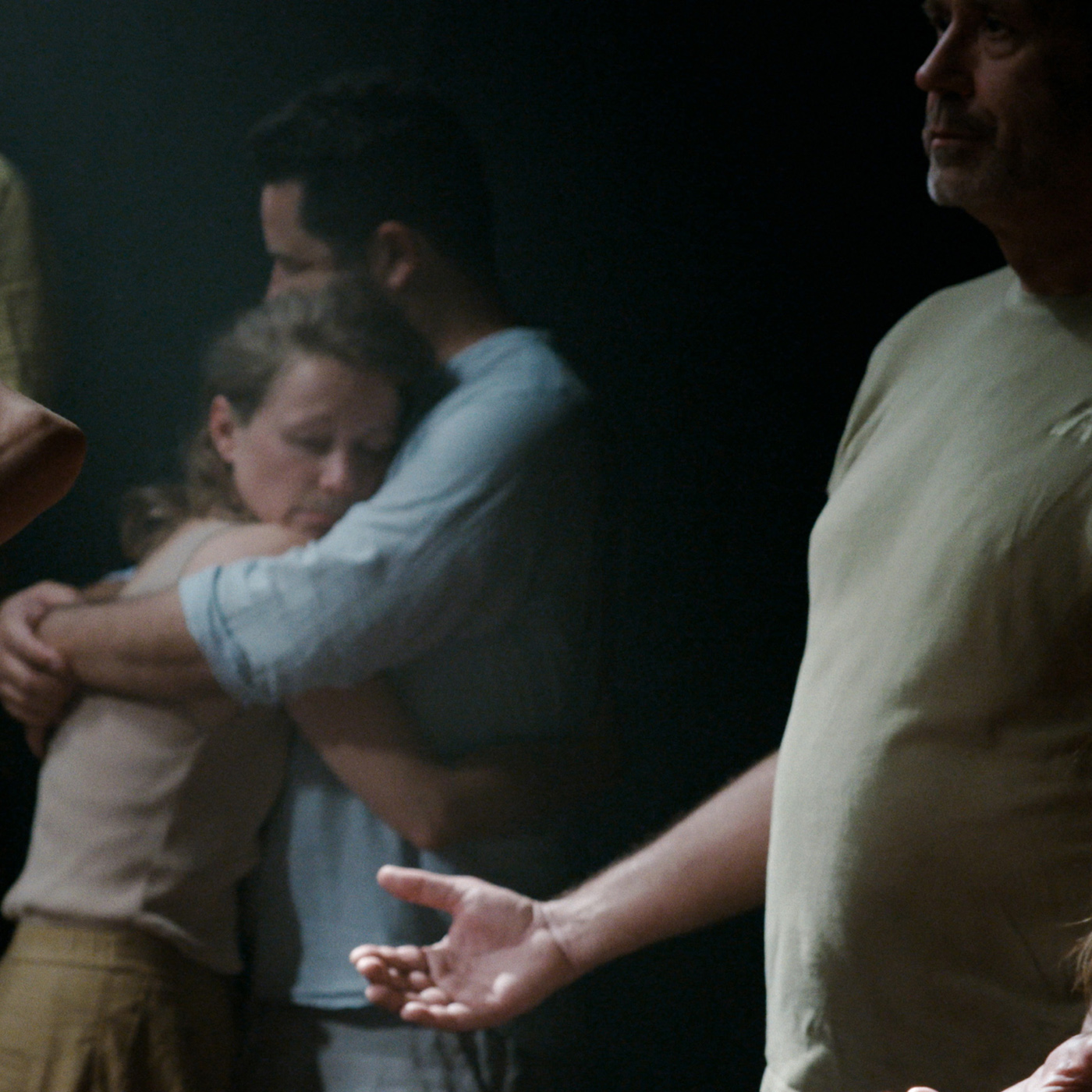
Just What is a Patriarchy?
Can women help men to articulate their emotions? And what is the response to feminist statements in patriarchal structures? Julika Rudelius looks into...
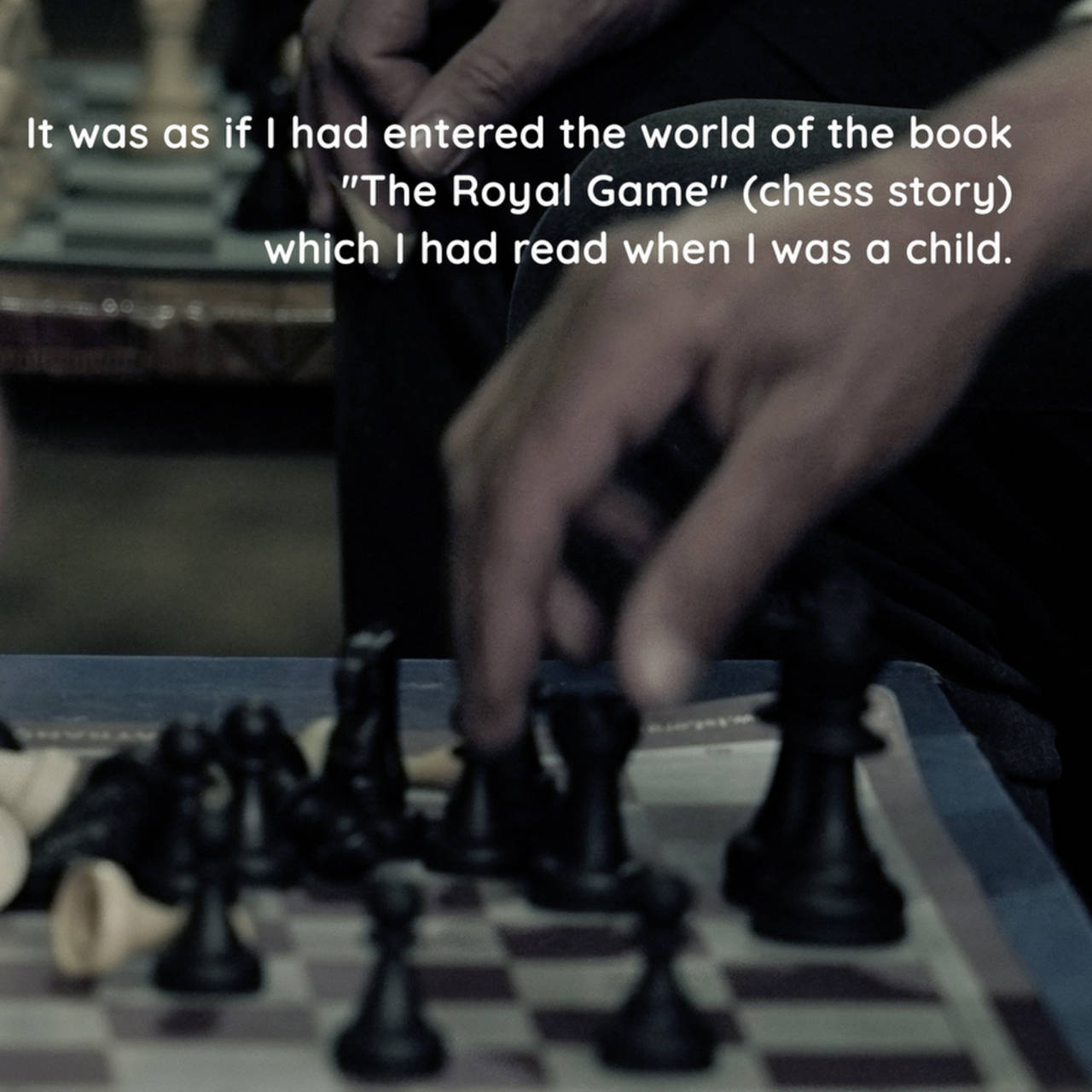
Chess Stands for Survival and Prison
In the upcoming DOUBLE FEATURE artist Pınar Öğrenci is screening her video “Aşît”, which was inspired by Stefan Zweig’s “The Royal Game”. She finds...
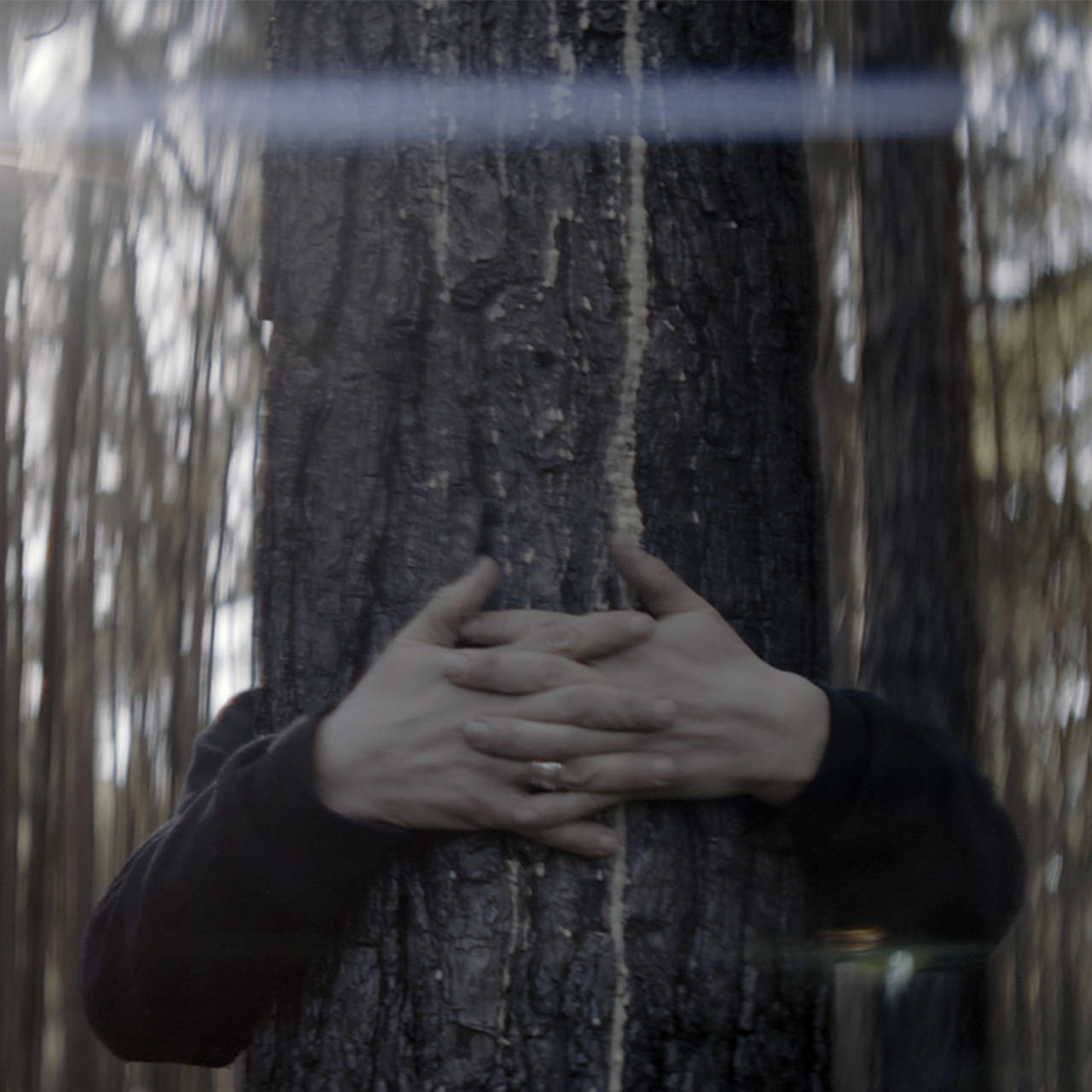
A poetic approach to the world
Solitude, subjective feelings, ineffability, desire, a poetic approach to the world and our surroundings – these themes were typical for the Romantic...
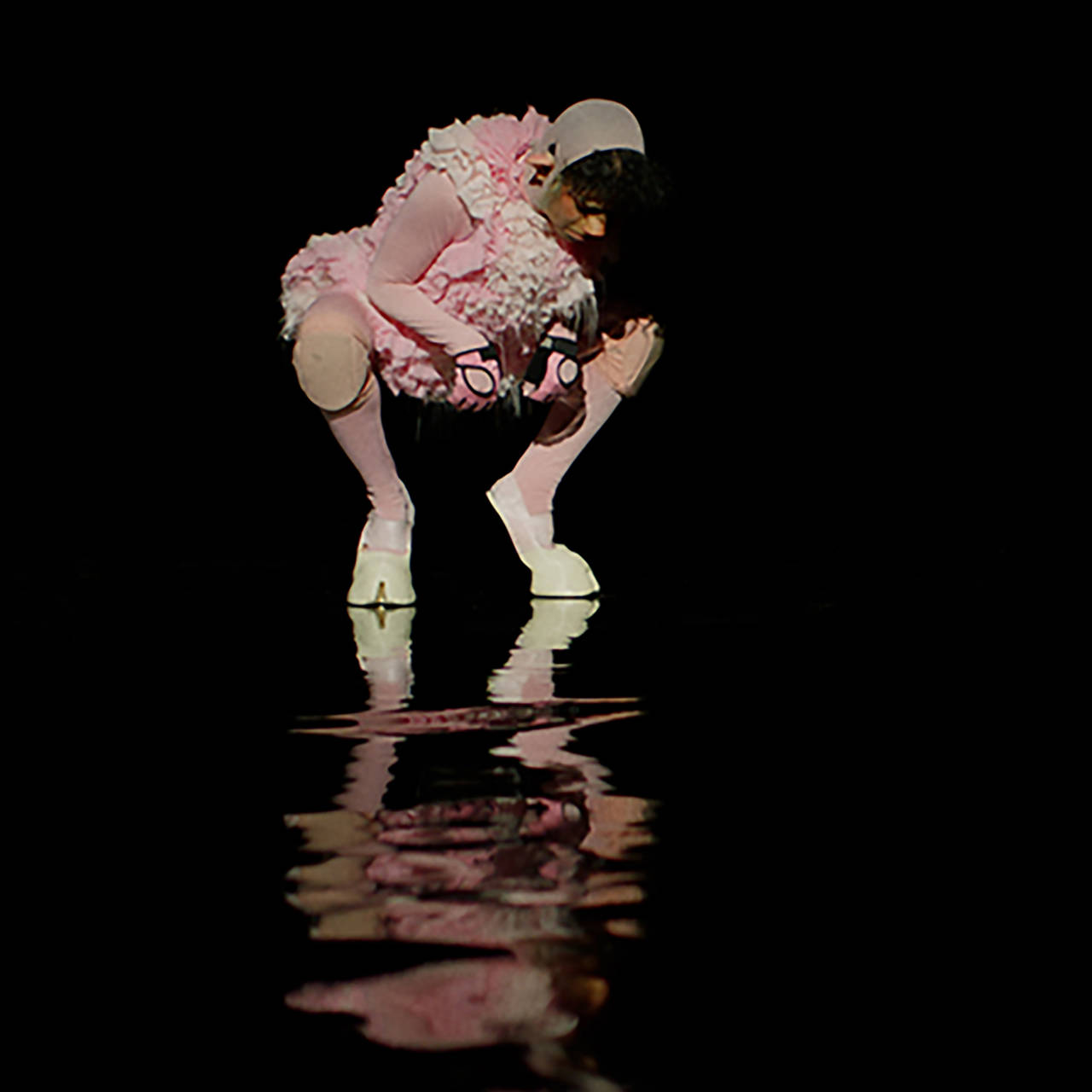
The Fabulously Strange World of Marianna Simnett
A maltreated piglet runs into a pond before finding itself in a surreal underworld and encountering dogs in latex costumes. In the DOUBLE FEATURE with...

A search for traces along countless freight trains
In her video work “A State in a State” Tekla Aslanishvili addresses the simultaneity of war, political upheaval, and economic factors. The artist...
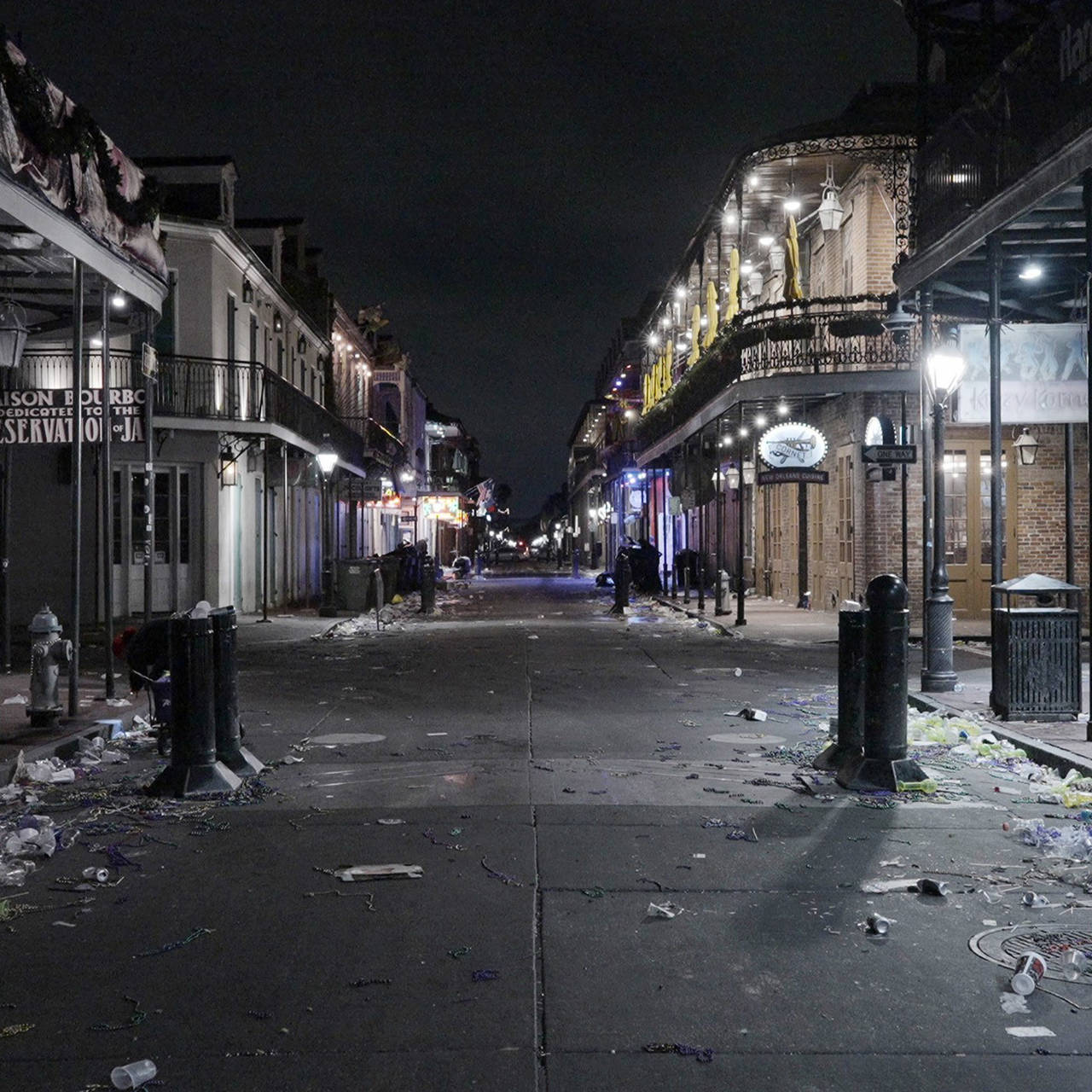
Probably the first gay riot in the USA
A gay uprising in New Orleans that took place a full 14 years before the Stonewall riots? DOUBLE FEATURE artist Flo Maak and Danish filmmaker Lasse...
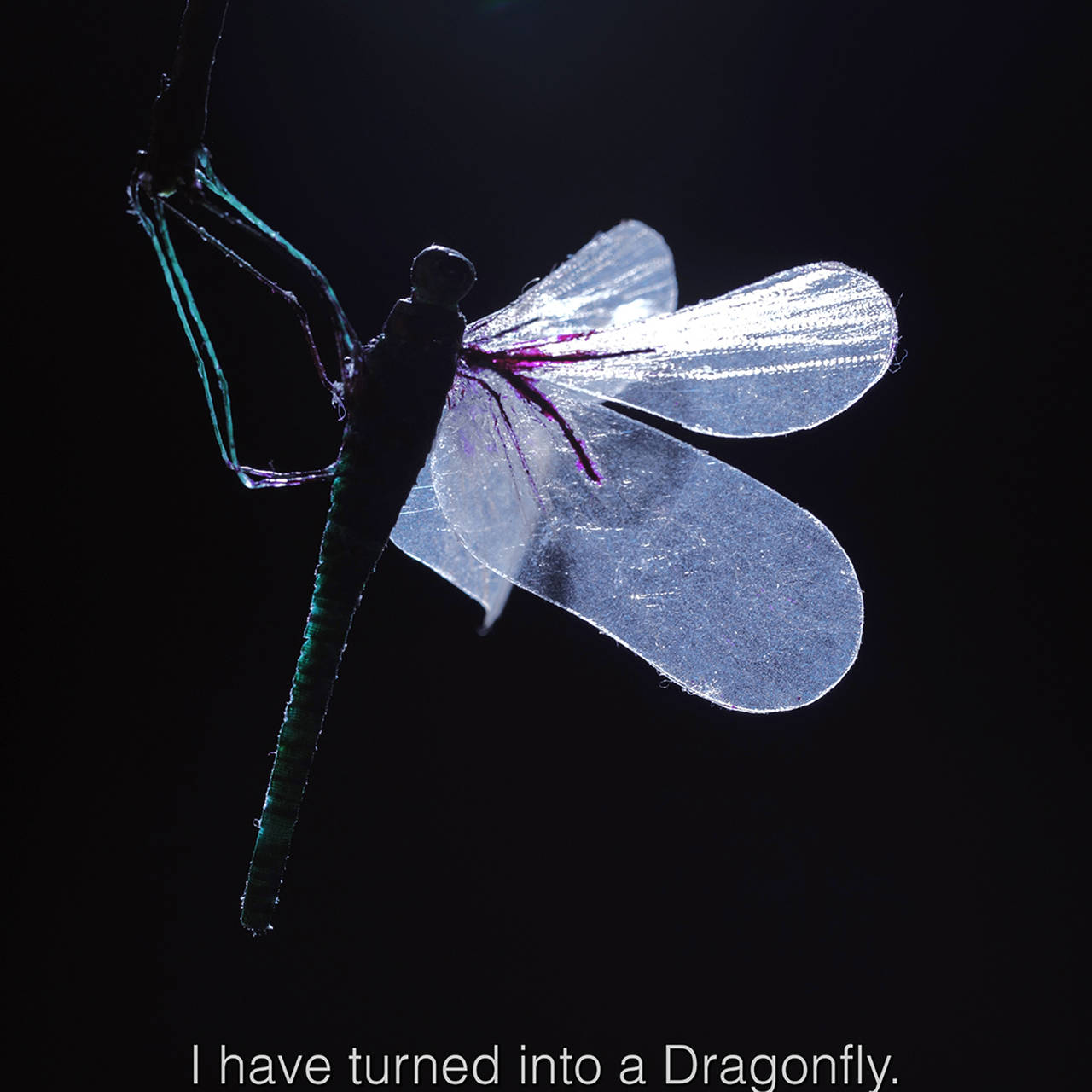
A game of cat and mouse in the National Library
Here, a dragonfly tries to escape an octopus, and there a firefly is pursued by a menacing giant snake. Against a backdrop of Brutalist buildings,...
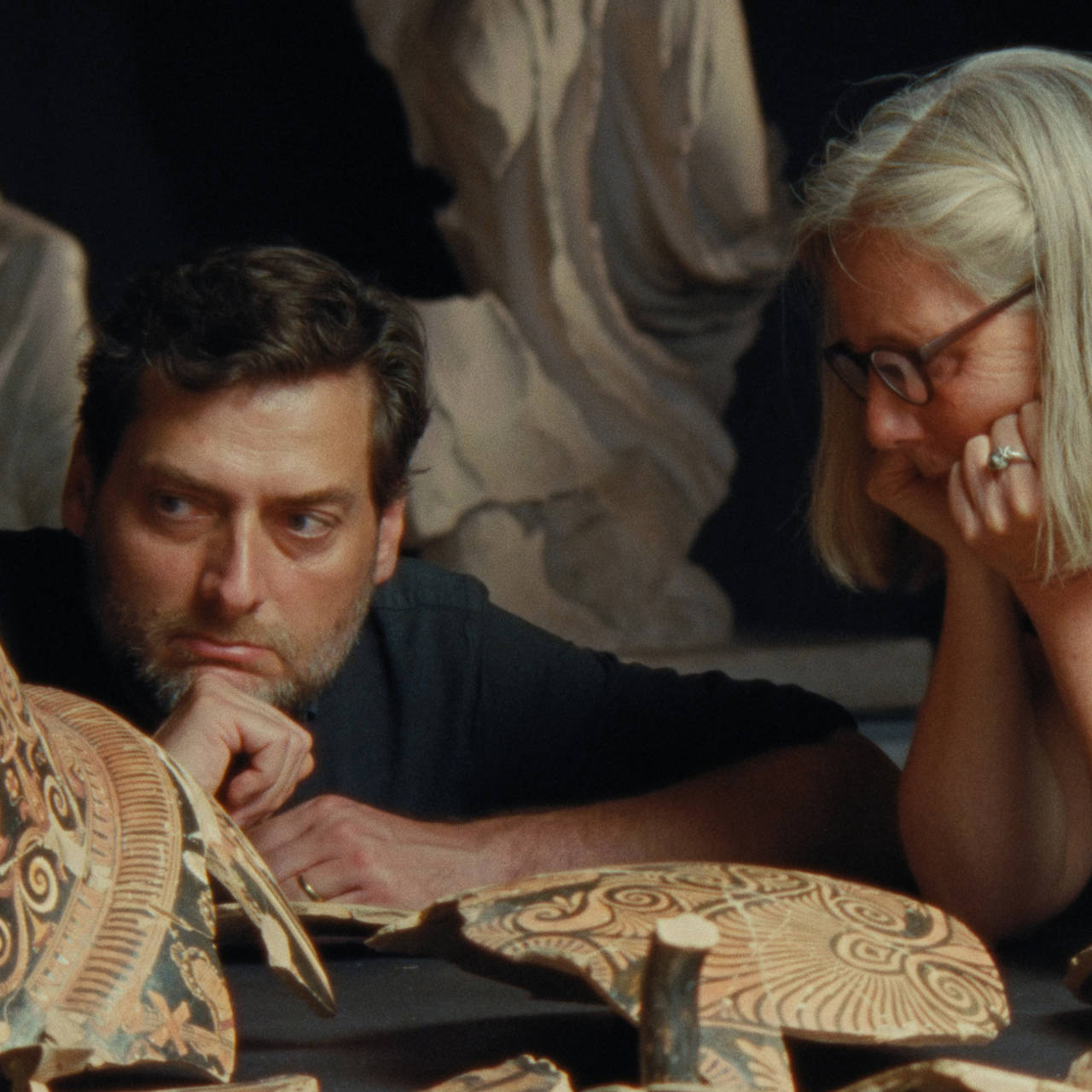
Forensic Archaeology. On Detective Work in Art
In the Geneva Freeport complex alone there are said to be round 1.2 million works of art (including Nazi looted art). The artist of the upcoming...
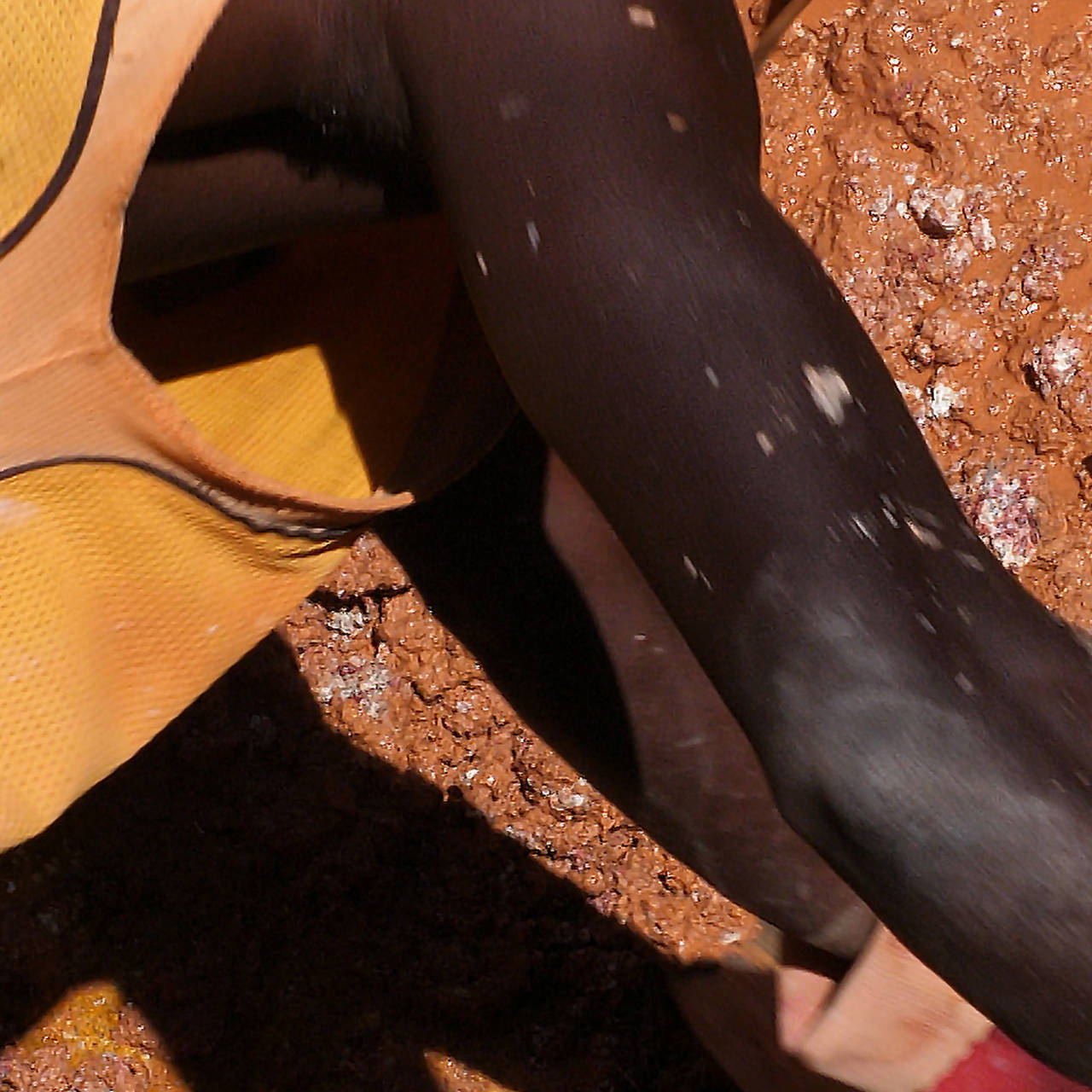
The blessing and curse of Nigerian tin mining
The Jos Plateau in Nigeria was famous for its tin mining during the time of British colonial rule. In her video work “Plateau,” Karimah Ashadu...
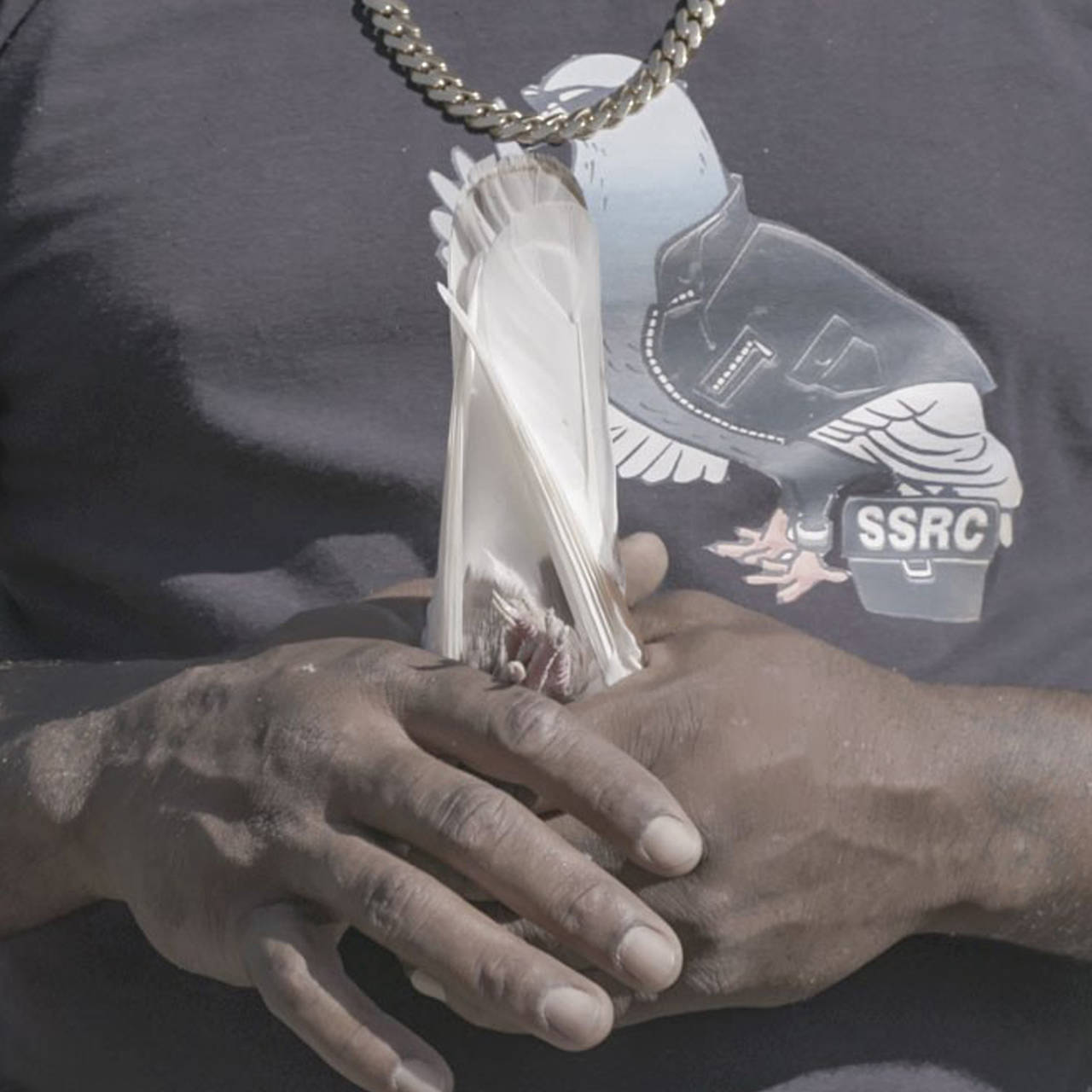
About Pigeons and People
Yalda Afsah’s video work “SSRC” places the focus squarely on the relationship between humans and animals. For in the Secret Society Roller Club – also...
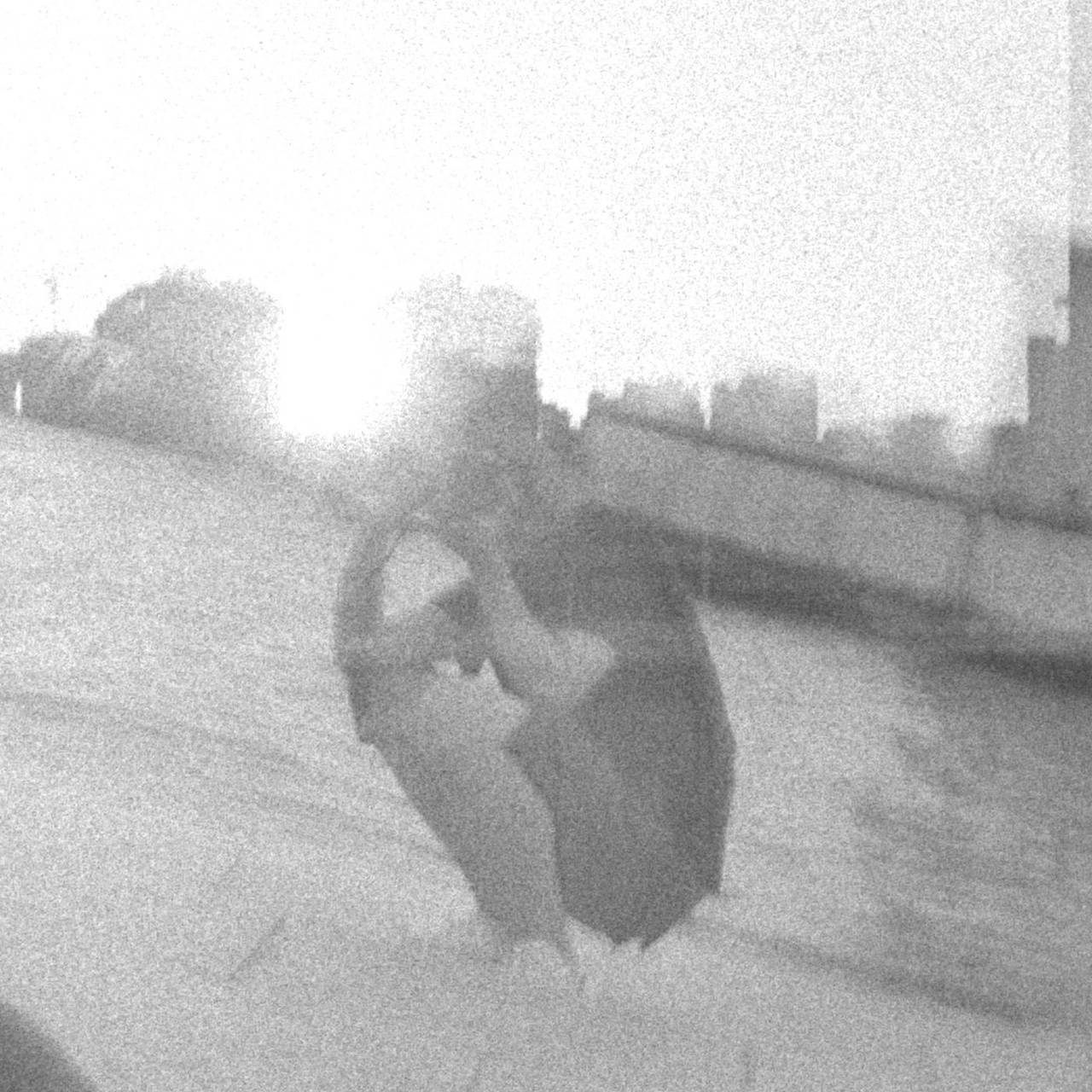
(Re-)Visiting Changsha
What if Roland Barthes had been a local tourist? In his new video piece “Sight Leak” (2022), Chinese artist Peng Zuqiang re-imagines the French...

The sinister world of Unica B
Ominous, dark premonitions define the mood of Blaise Kirschner’s video work “Unica” (2022). Or is it much more repressed memories of the past?...

A place of silence and weapons
The Brazilian artist Igor Vidor knows the effects of German arms deliveries from personal experience. In his video work “A Praga” (2020), he confronts...
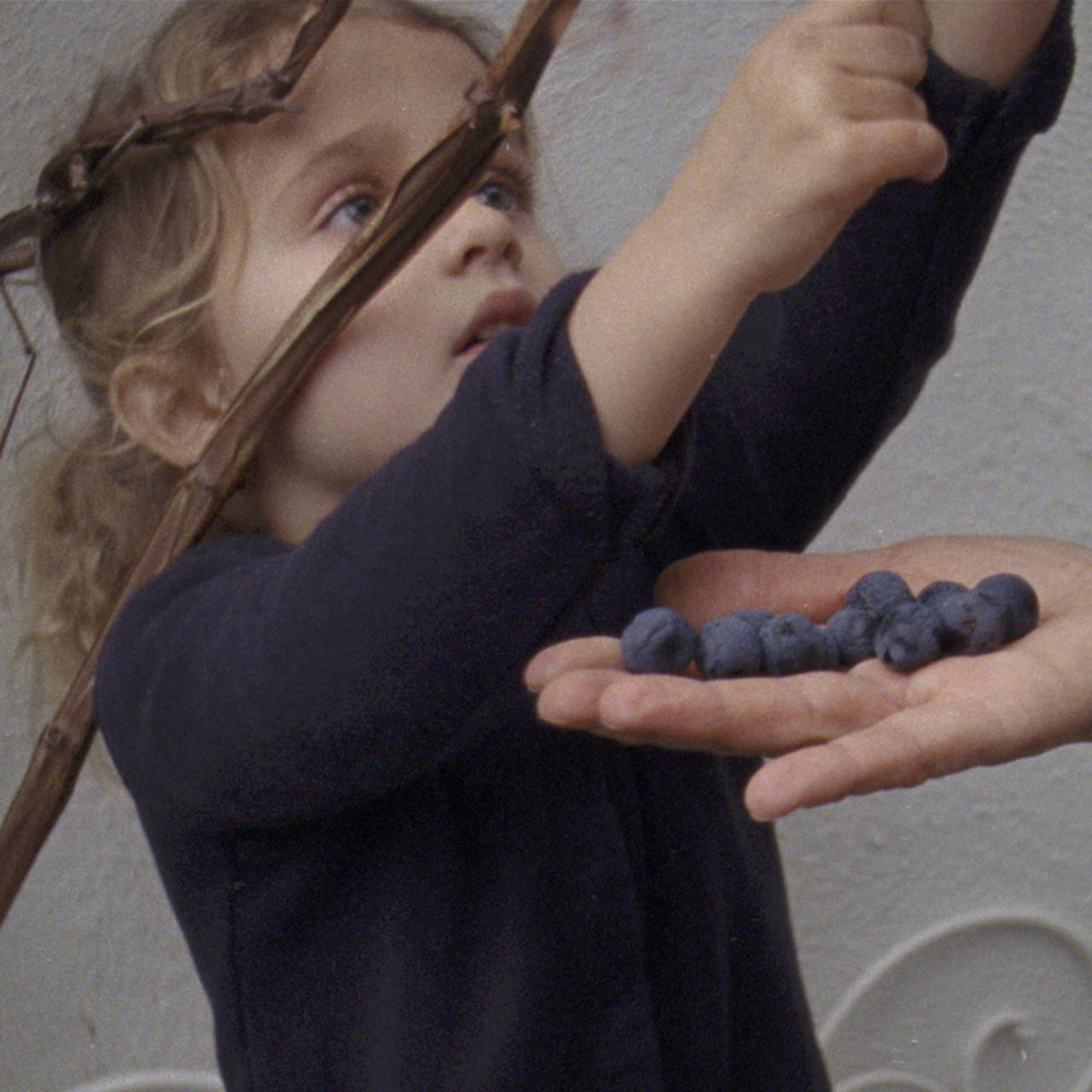
The mothers’ tongue
How do we acquire language? In her filmic oeuvre Eva Giolo explores the acquired use of language with an explicitly feminine interpretation.

Takbīr– the story of a call
With his video work “Takbīr”, artist Aziz Hazara spans the recent history of Afghanistan. Here, he focuses on the call “Allāhu Akbar” with its variety...

How should I address you? About queerness in German TV
Philipp Gufler's video work “Lana Kaiser” is a tribute to the DSDS star Daniel Küblböck, but at the same time it offers a complex discourse on the...

In search of eternal beauty
"Forever young - no matter how!" - In her video work, Jovana Reisinger sends three perfectly styled young people in search of a fountain that promises...

History between sound and body
In his video work "The Day I Stopped Kissing My Father," artist James Gregory Atkinson makes a black cock walk through the Adam Strohm Hall of the...

At the mercy of waiting
Artist Bani Abidi is dedicated to the dark absurdities of everyday life. In her video work "The Distance from Here" bureaucracy takes over and waiting...

From Small to Big
Countless parts, robbed of their individuality, merge into a new whole — Thomas Bayrle’s video works are reminiscent of woven products that only take...
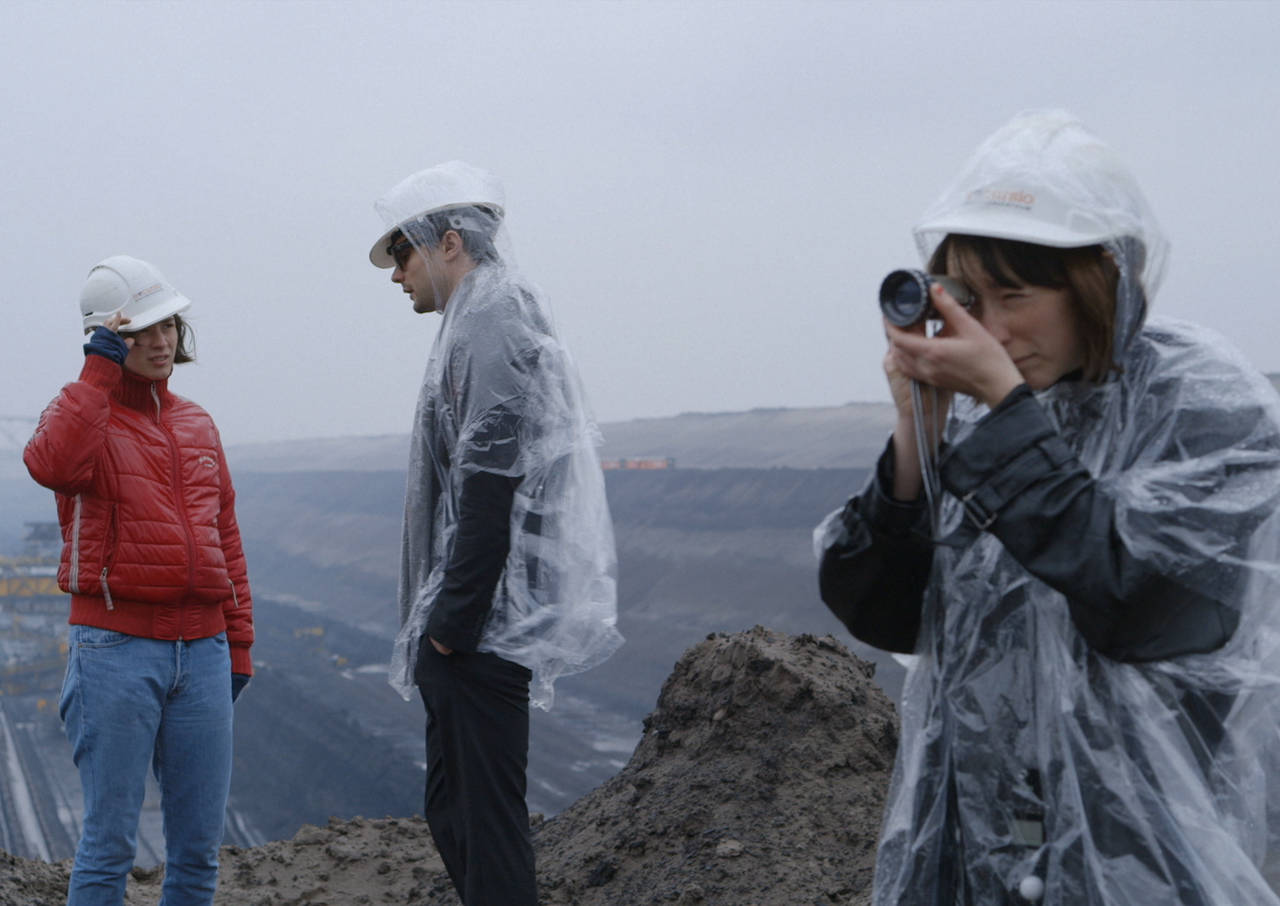
“Please don’t make a film about Godard!”
A film about filmmaking sounds a bit meta. But Kristina Kilian’s video work takes us on a ghostly journey through Godard’s Germany after the fall of...
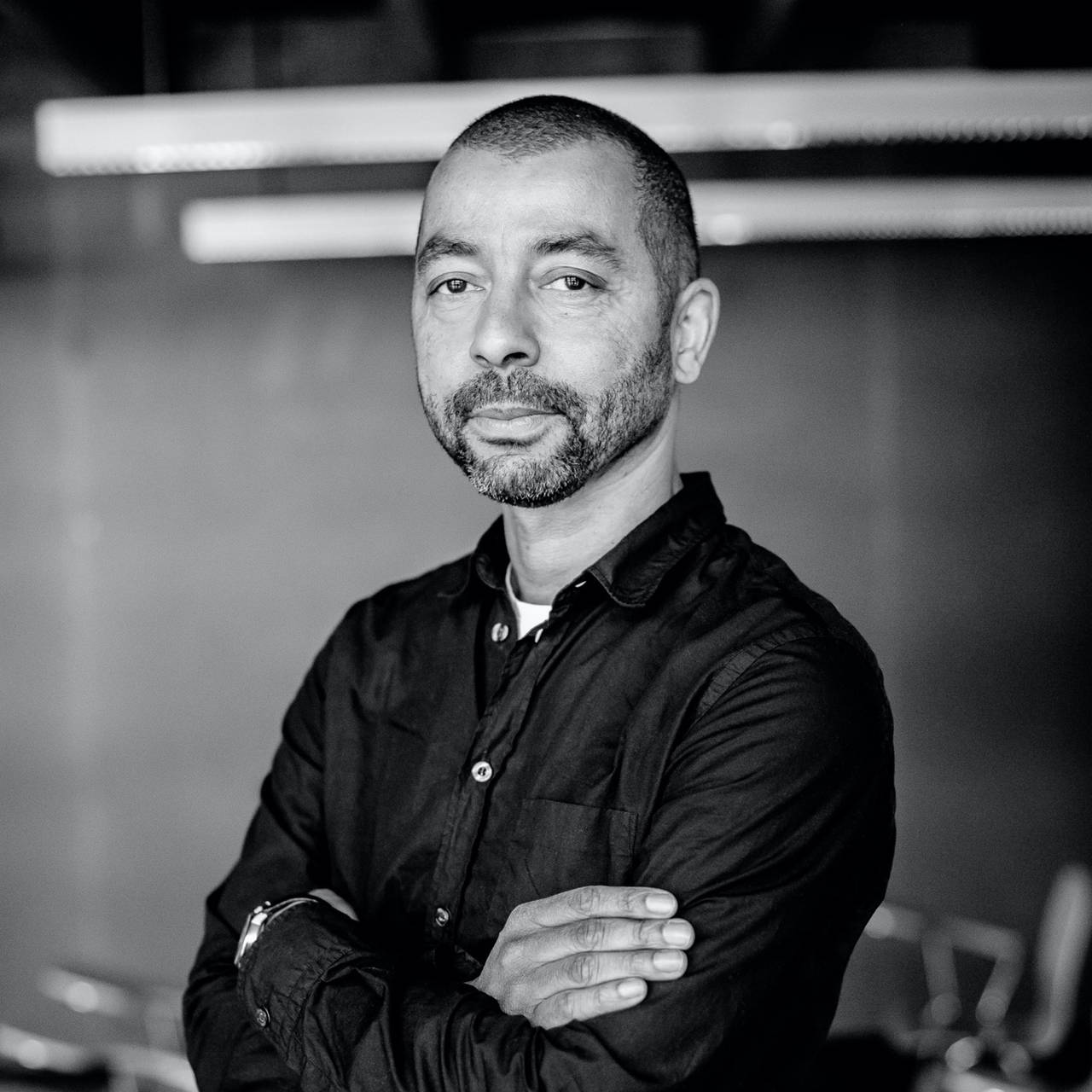
Black is not a Color
In a film series, Oliver Hardt combines the themes from Kara Walker’s work with the perspectives of Black people in Germany. In conversation with...
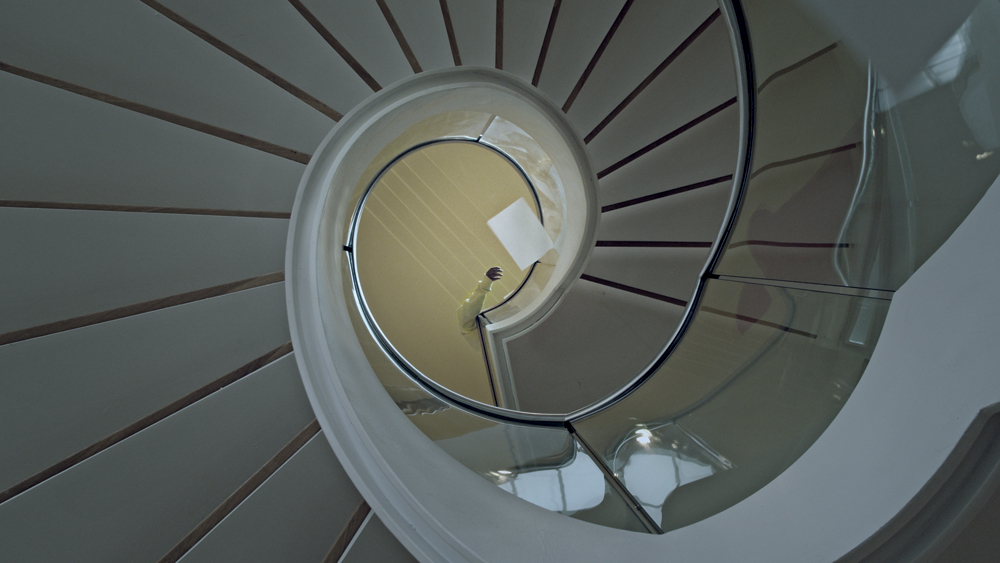
How do we Remember?
In which places does history become visible? And what do we remember at all? Maya Schweizer begins her search for clues in the sewers and slowly feels...
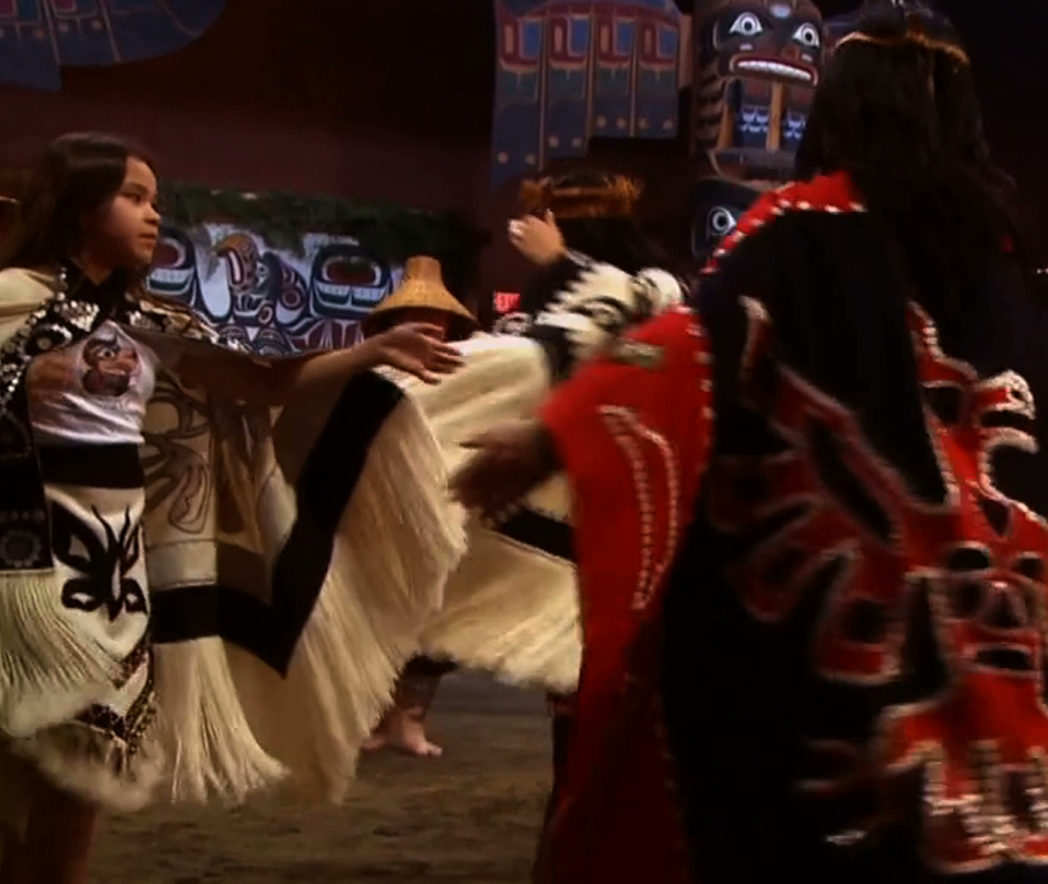
Film highlights from South and North America
How can we break with the power relations of the past and create a decolonial future? A look at the representation of Indigenous women in film.
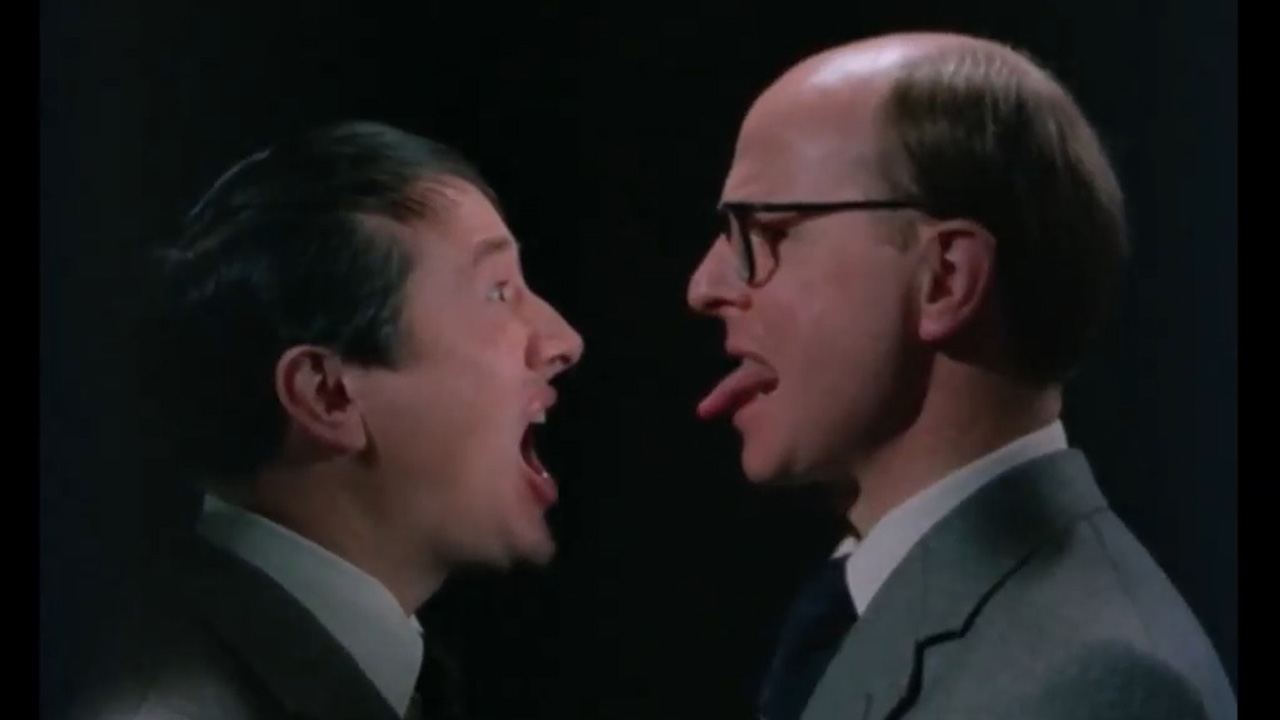
Must See: The World of Gilbert & George
Eccentric, fascinating, repulsive, entertaining and full of symbols: “The World of Gilbert & George” is a collage about the artifice of everyday life...

These movies will never get old
For all movie geeks and those who would like to become one: Film highlights from eight years of DOUBLE FEATURE at the SCHIRN.
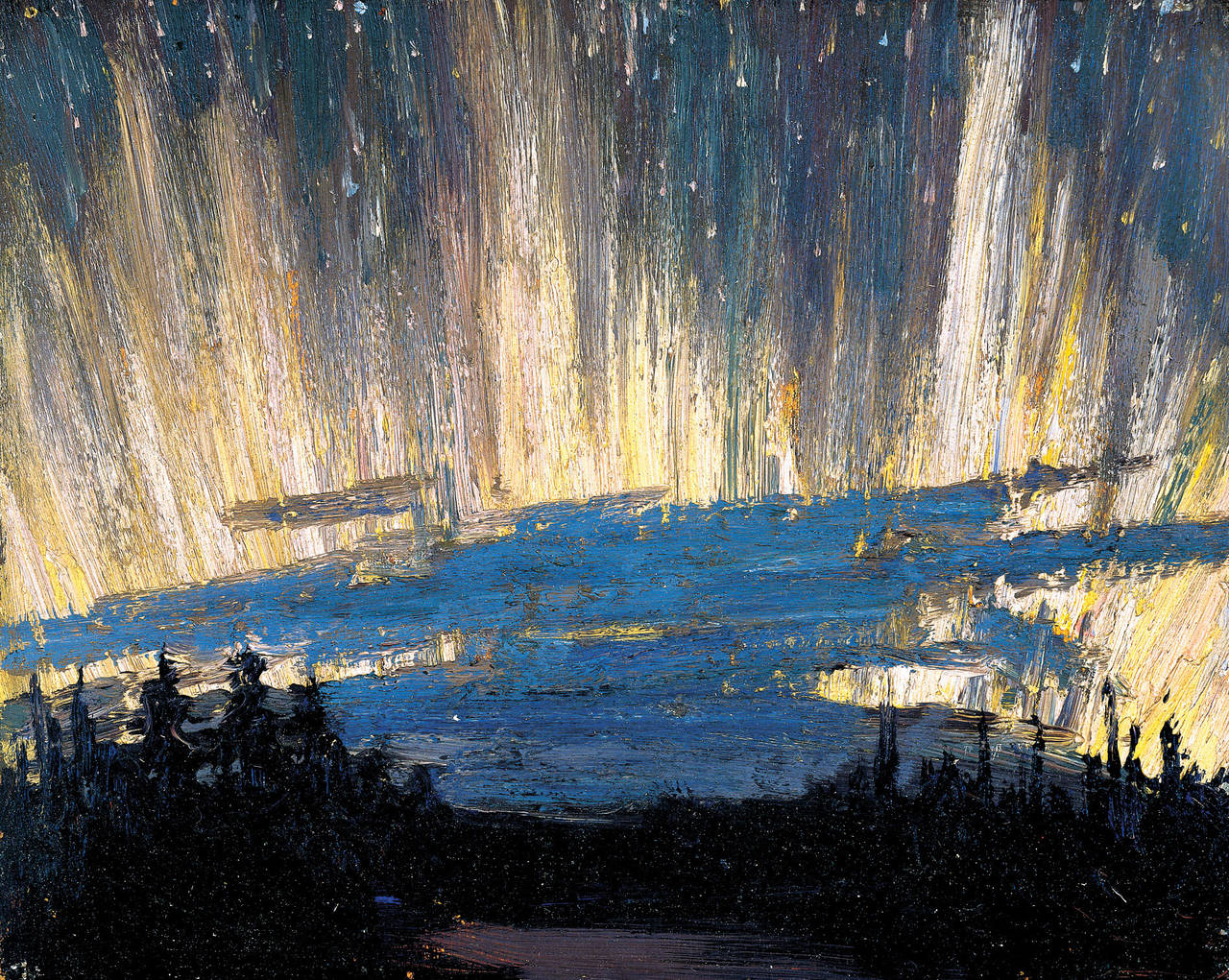
Spring is coming, and so is Magnetic North
For the first time in Germany, principal works from Canada’s major collections are on view at the SCHIRN. At the same time, the exhibition examines...
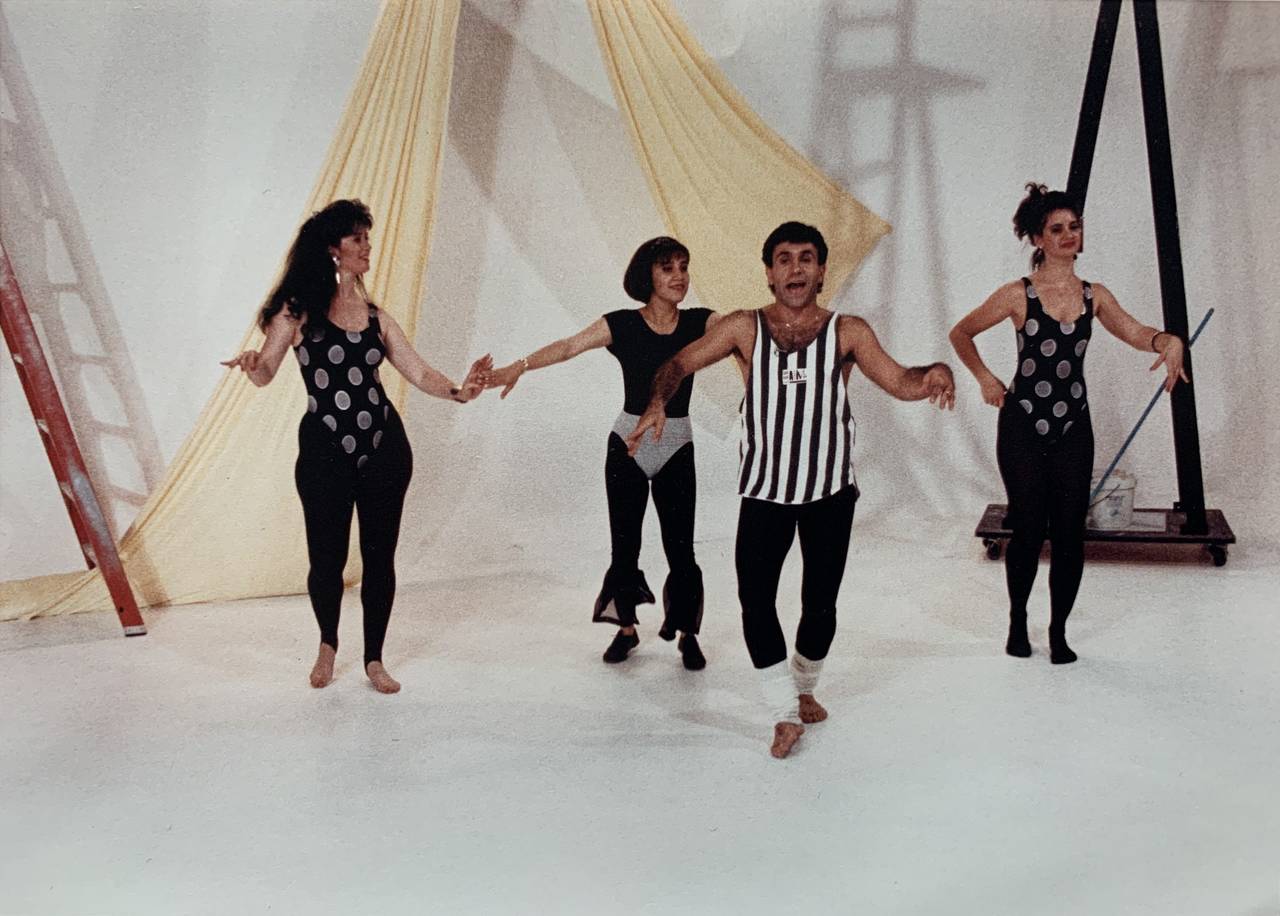
A Revolution in Iranian Dance
After the Iranian Revolution a nationwide dance ban was issued. It was subverted by smuggled video cassettes of dancer-in-exile Mohammad Khordadian,...
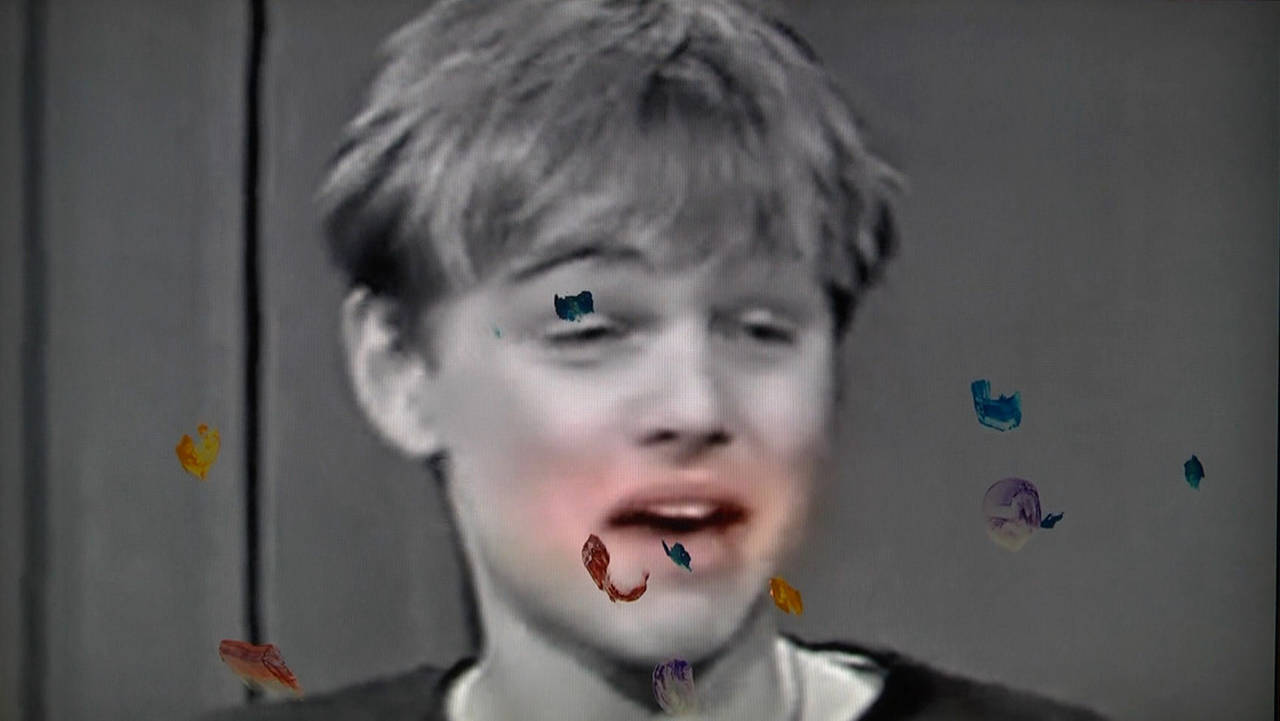
How to perform painting
This is perhaps the best way to describe the work of video artist Angel Vergara: Art history meets pop culture, the artist himself appears as a...
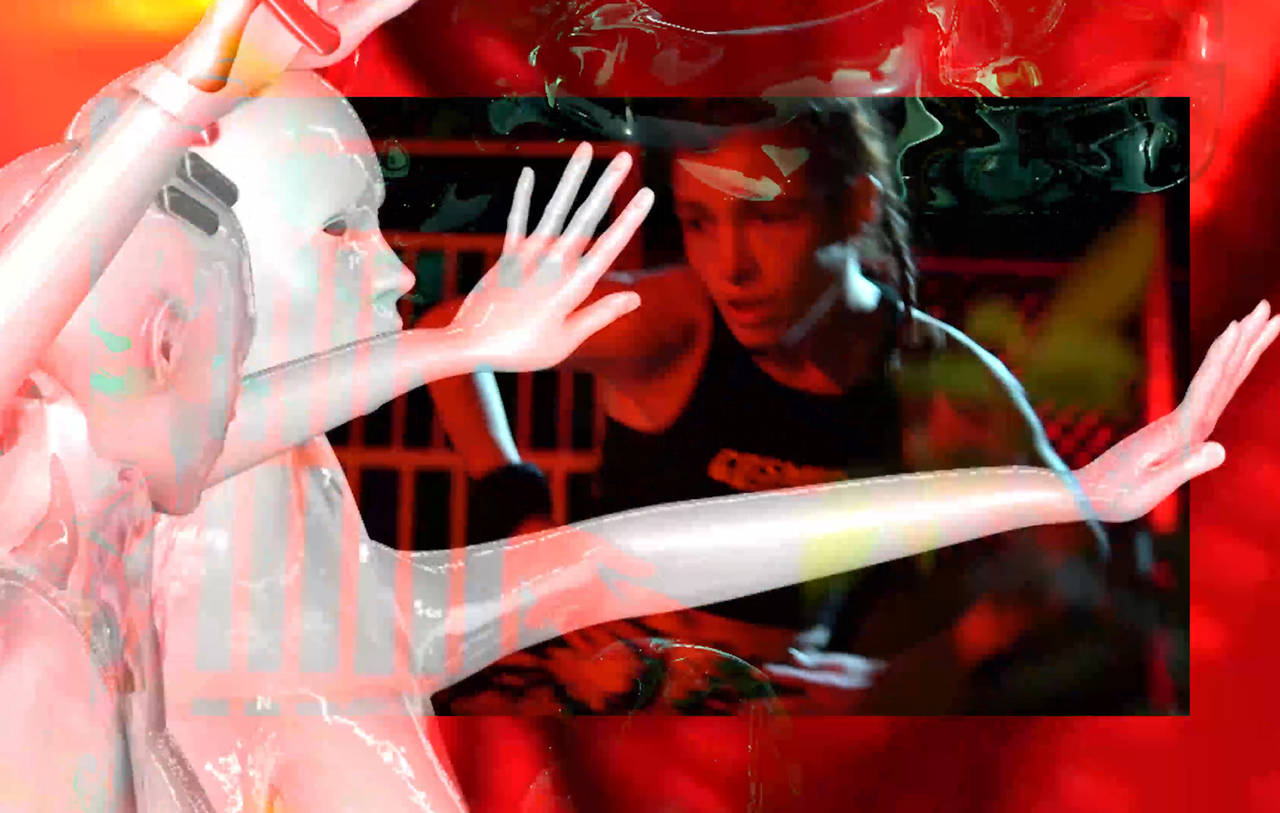
About the resistance of our bodies
Hypnotic dances and hybrid beings in cyberspace: Video artist Johanna Bruckner transforms the human body into digital matter.
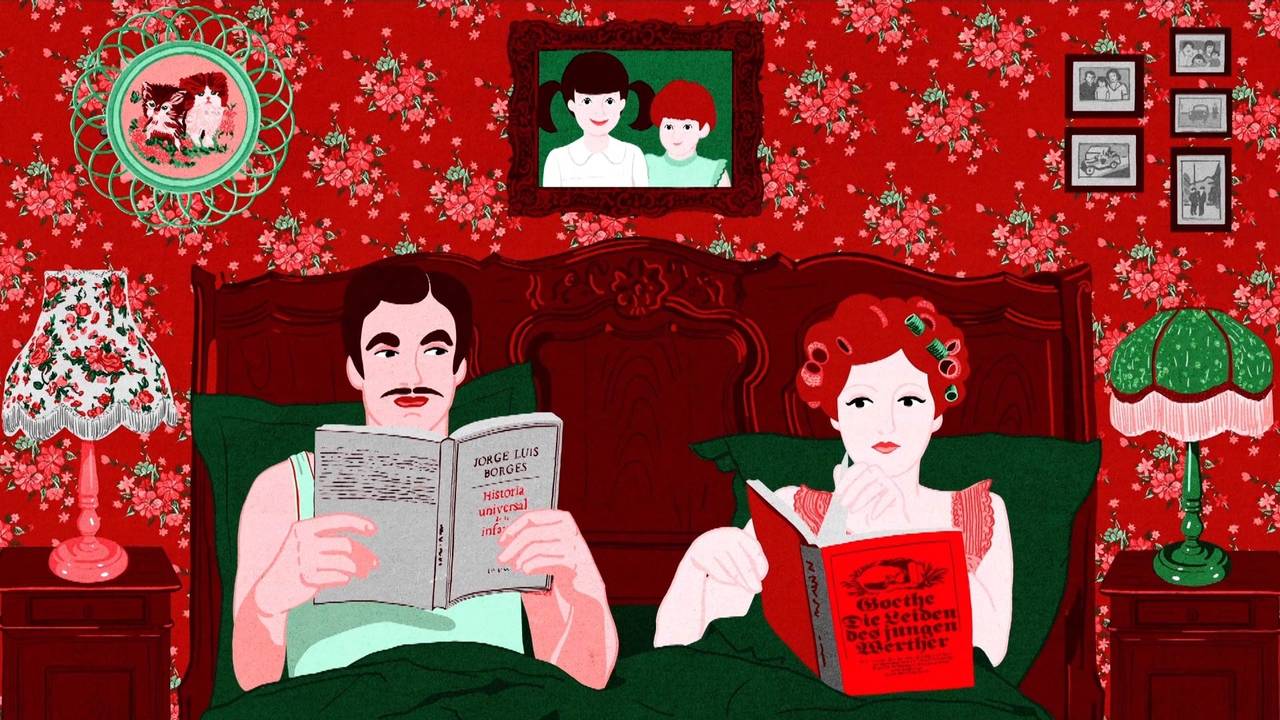
More than a Honeypot
Young, beautiful and dangerous: the prototype of the Bond Girl still shapes the cliché of spies. Author Chloé Aeberhardt on the reality of espionage...
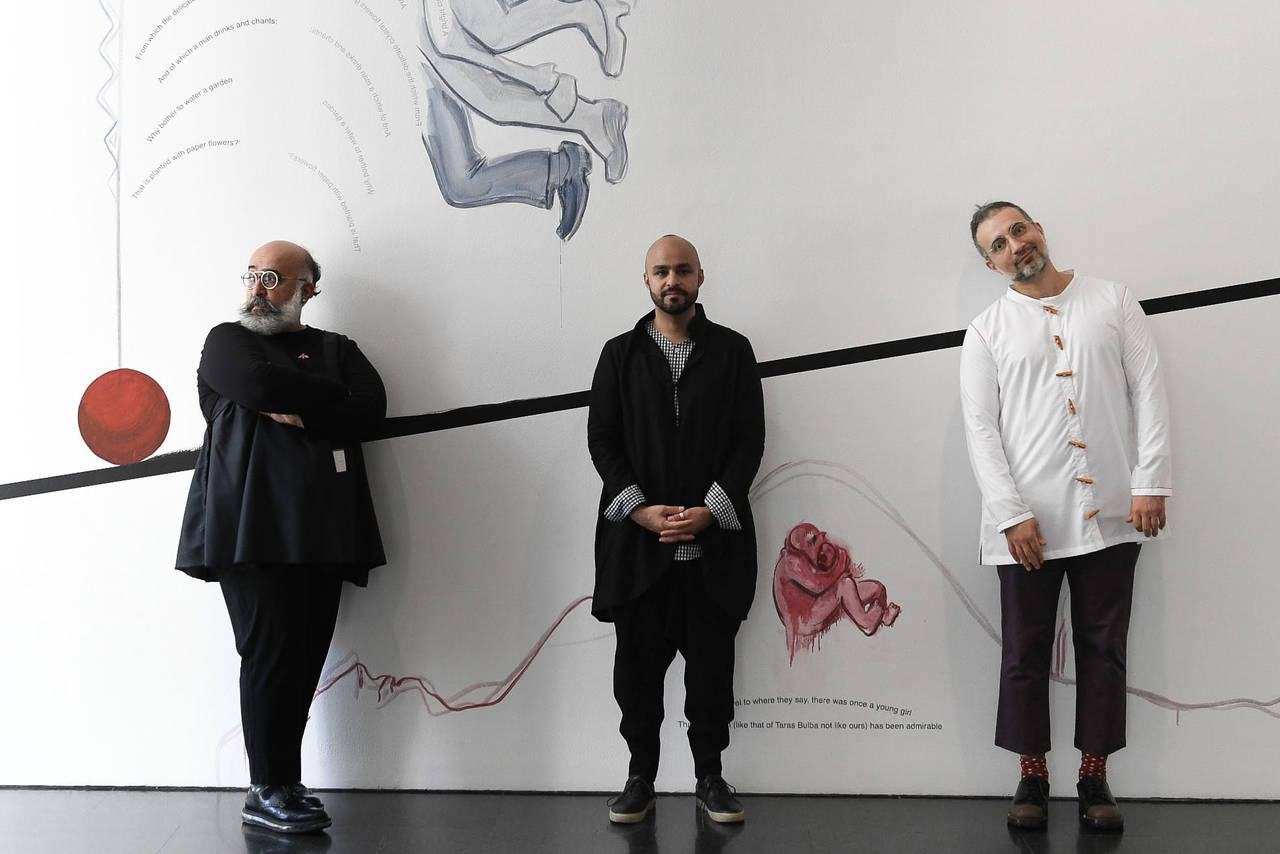
How to create the unexpected
About life in exile, anarchic art, and the “black milk” of the earth: The art historian Media Farzin met her old friends Ramin and Rokni Haerizadeh...

Why so cryptic?
What lies behind the title of the exhibition by Ramin Haerizadeh, Rokni Haerizadeh and Hesam Rahmanian. And why humor is sometimes the best criticism....
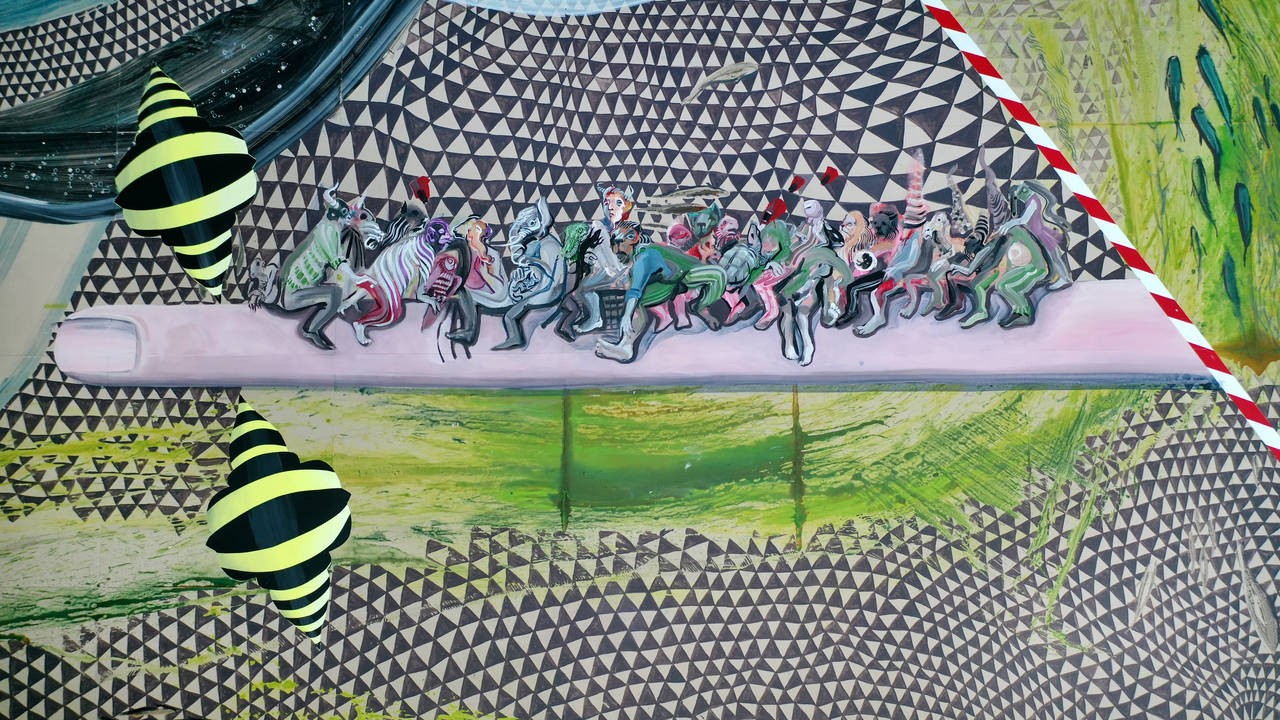
Schirn Preview: Ramin Haerizadeh, Rokni Haerizadeh and Hesam Rahmanian
Exuberant, funny, eccentric and full of allusions: The Schirn presents the Iranian artist collective's first solo exhibition in Germany.
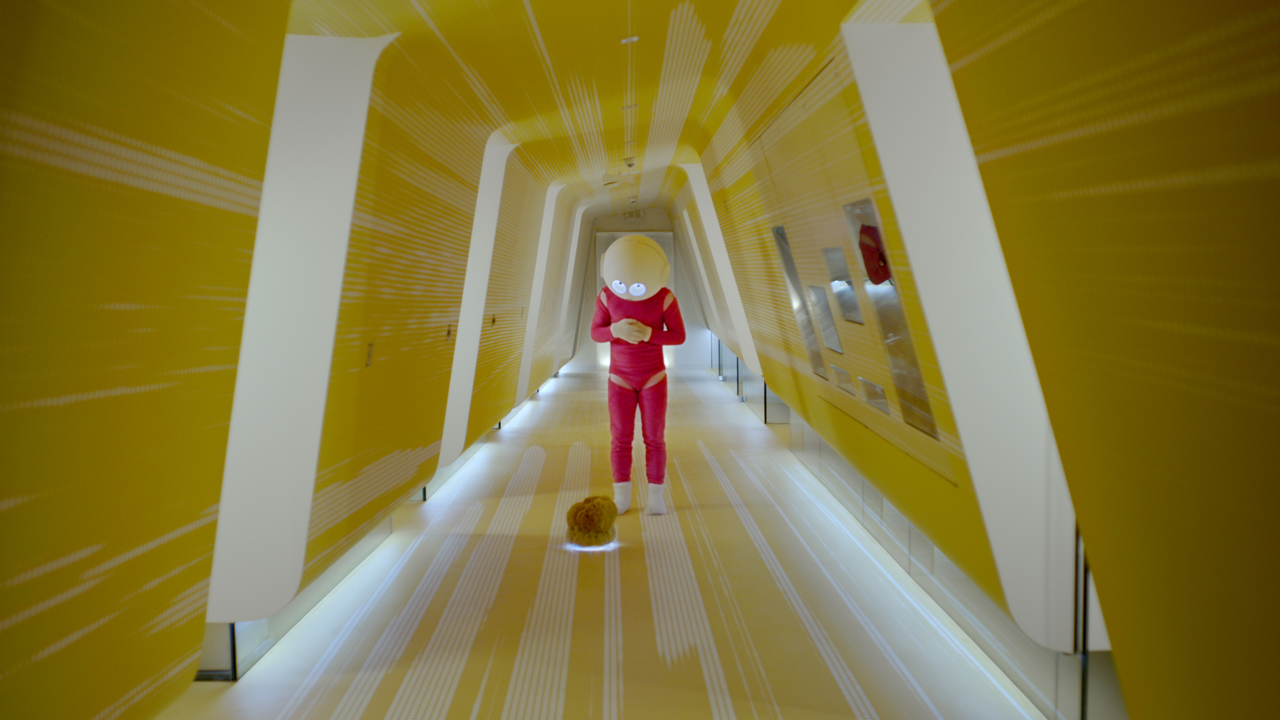
The Future of Video Art
Six international video artists present their new works. An exchange about new trends and forms of expression in film.

Can you assign guilt to artificial intelligence?
What happens when algorithms endanger human life? Video artist Helen Knowles addresses the responsibility of artificial intelligence.

About whistling protests and music for giraffes
What happens when the instruments are swapped in an orchestra? And how do animals react to pieces of music? Annika Kahr’s video works explore the...